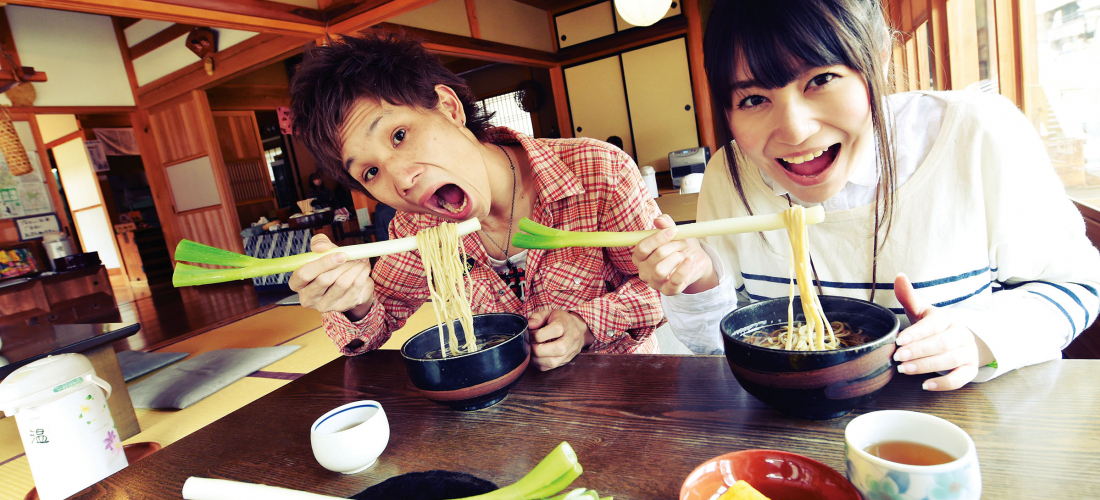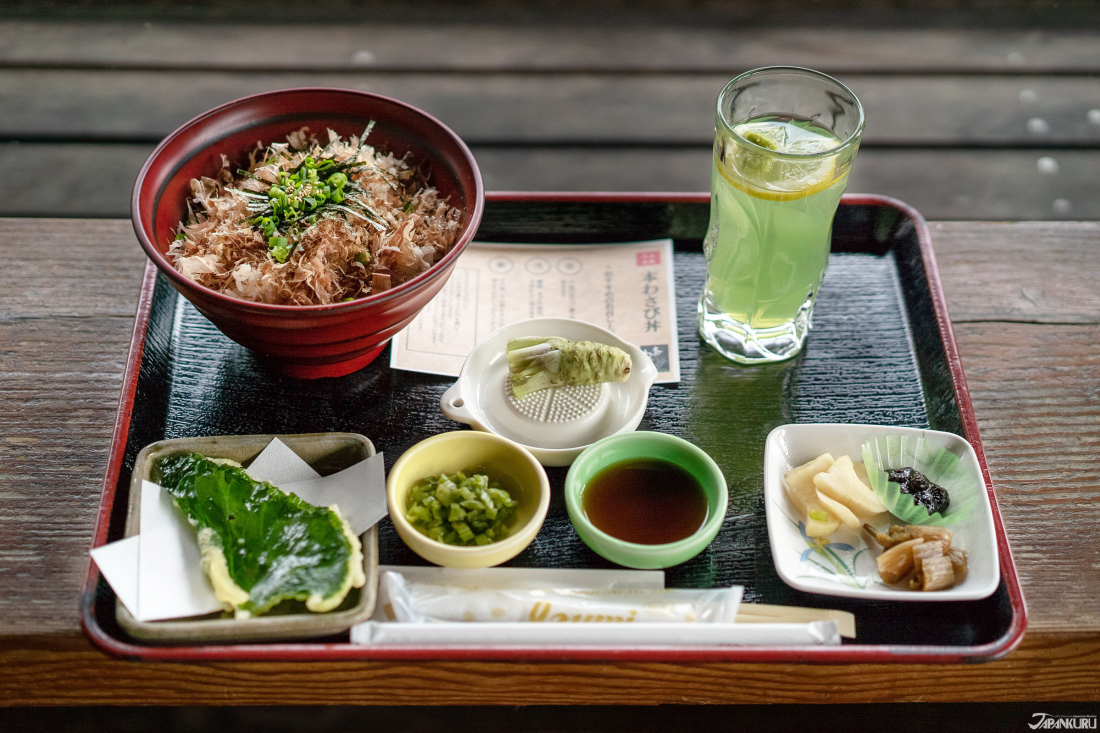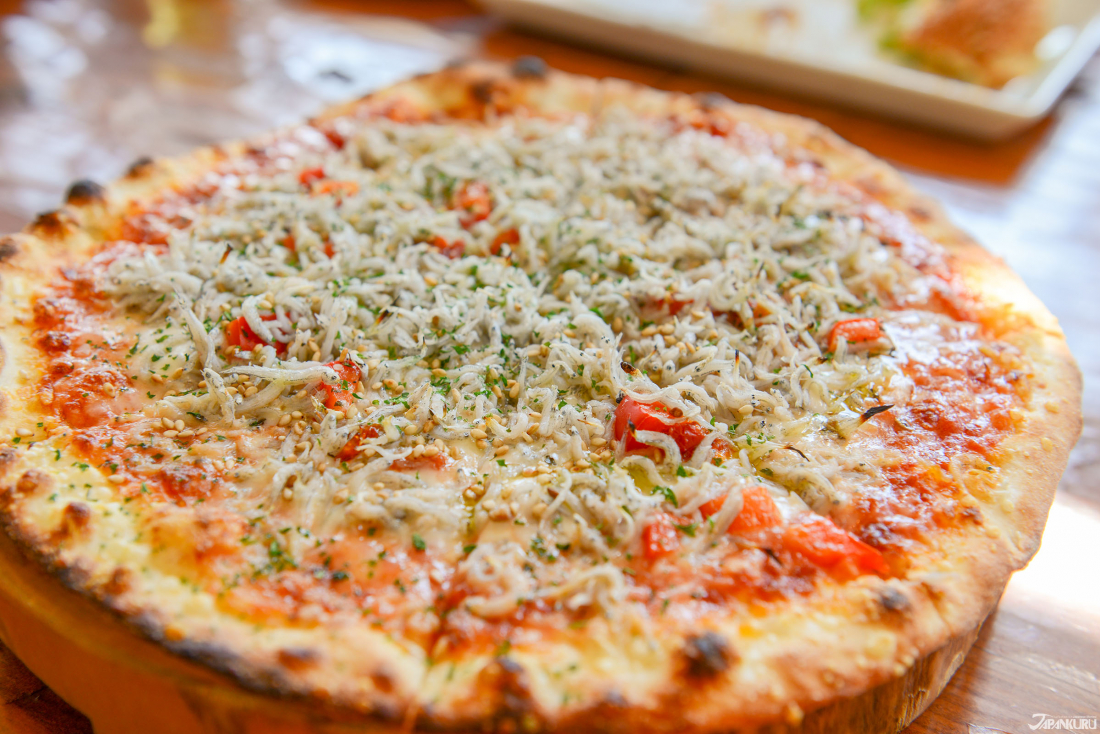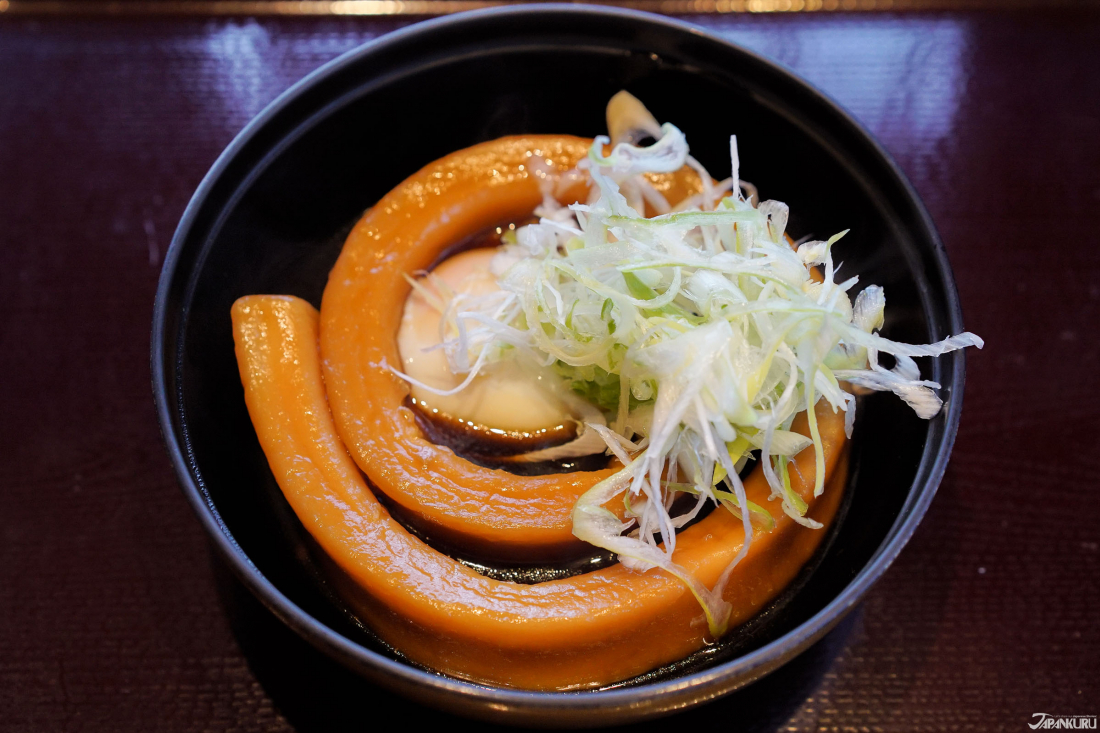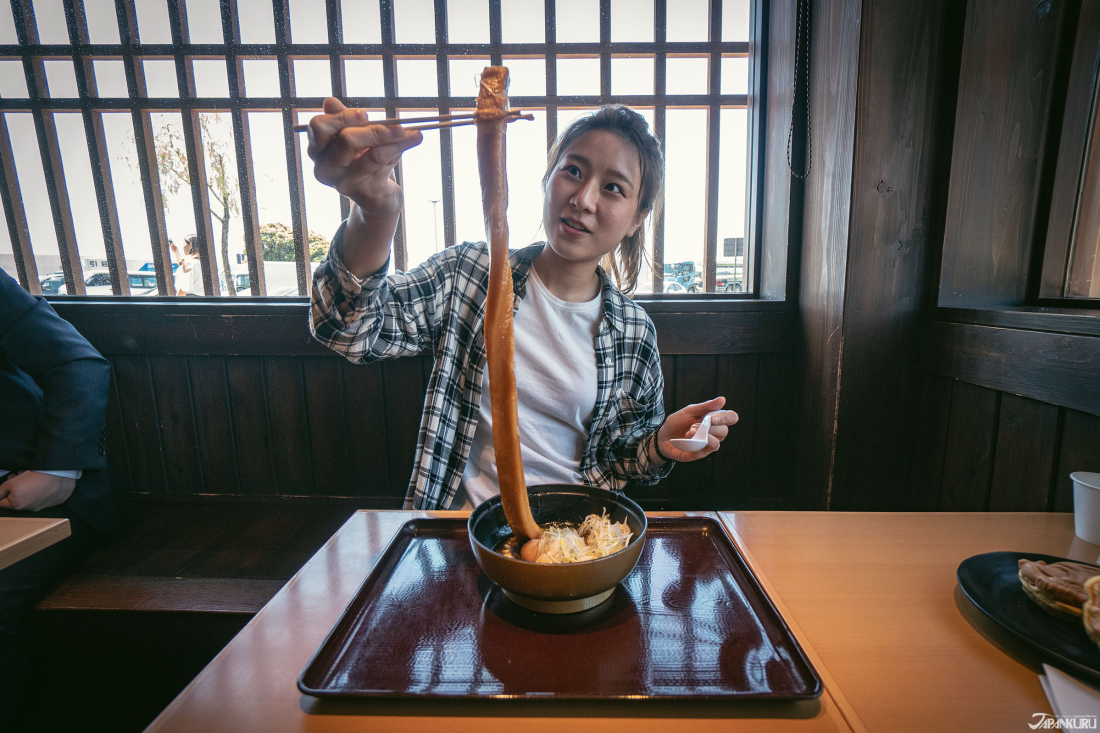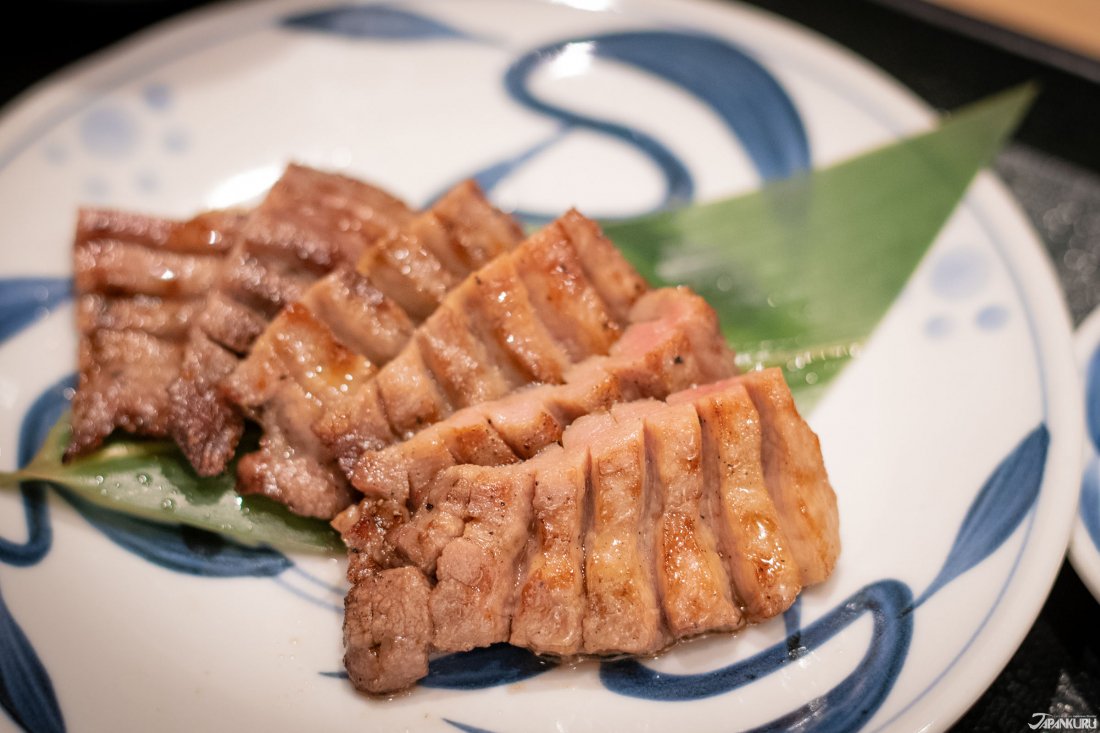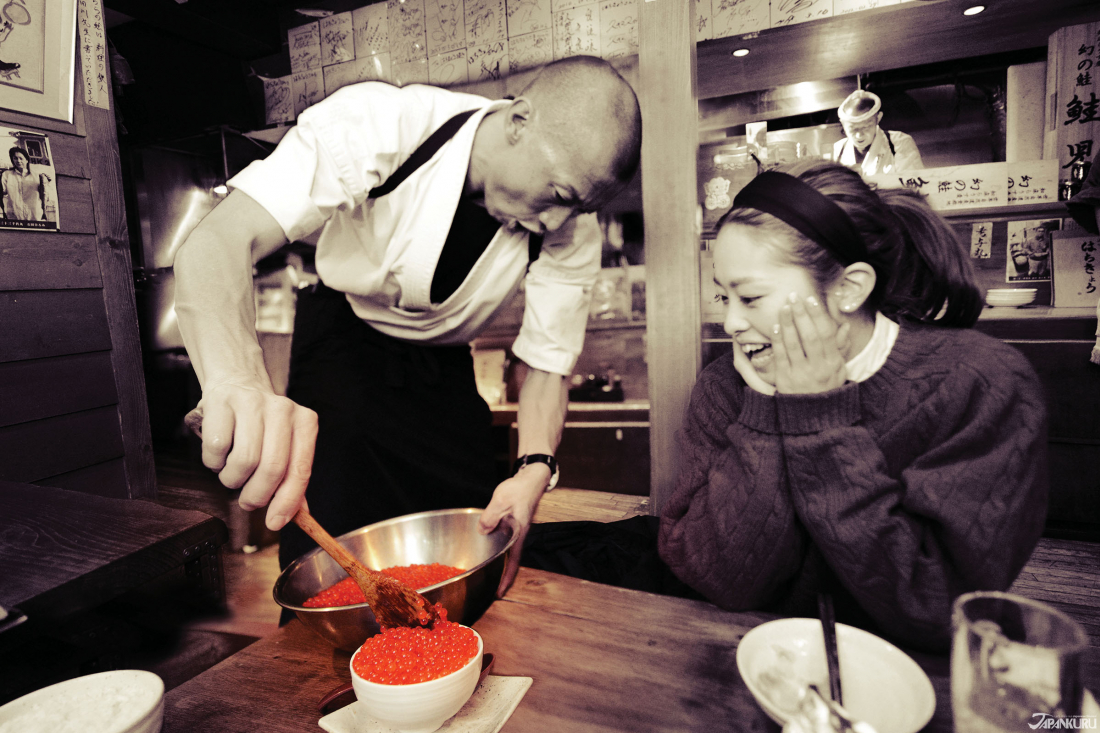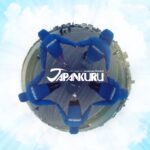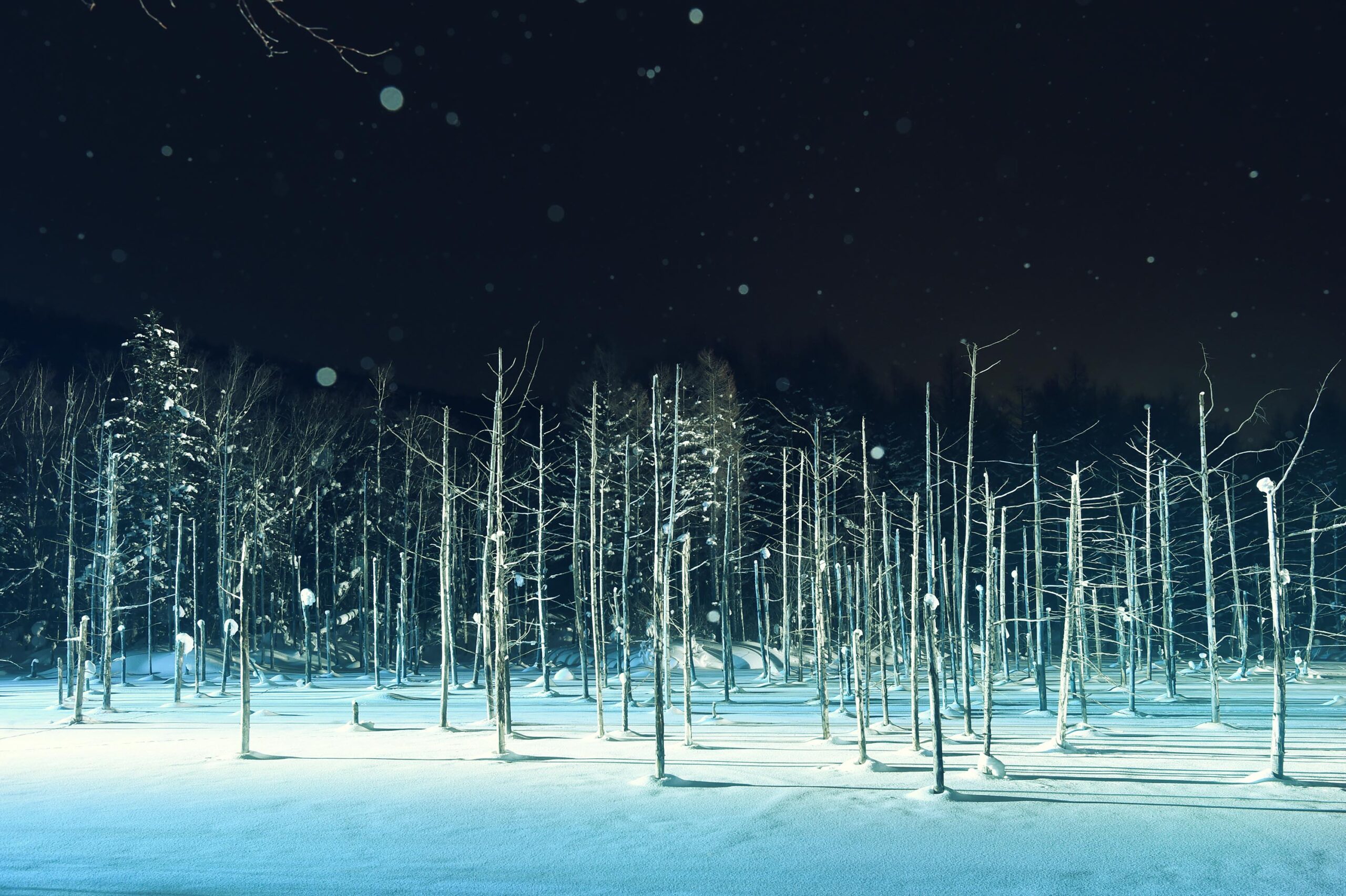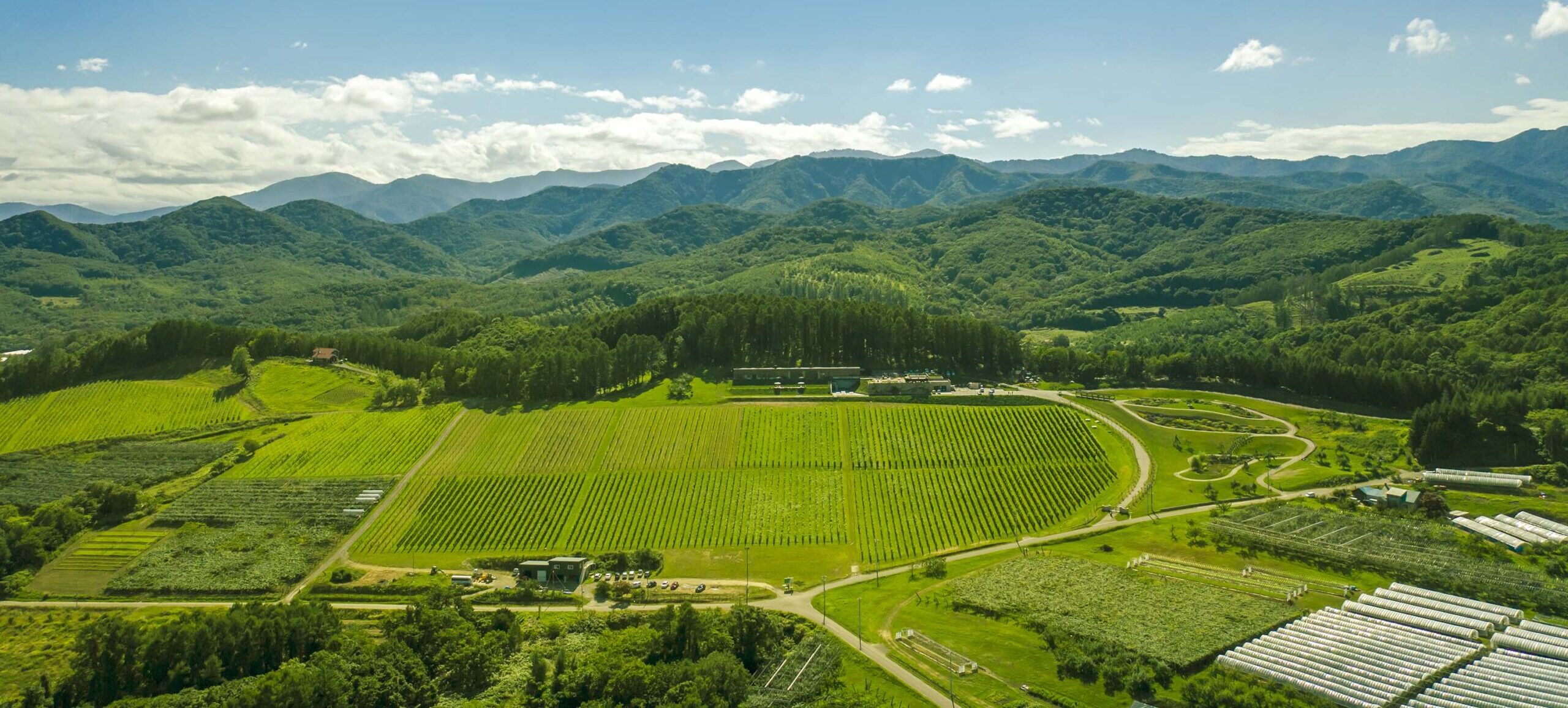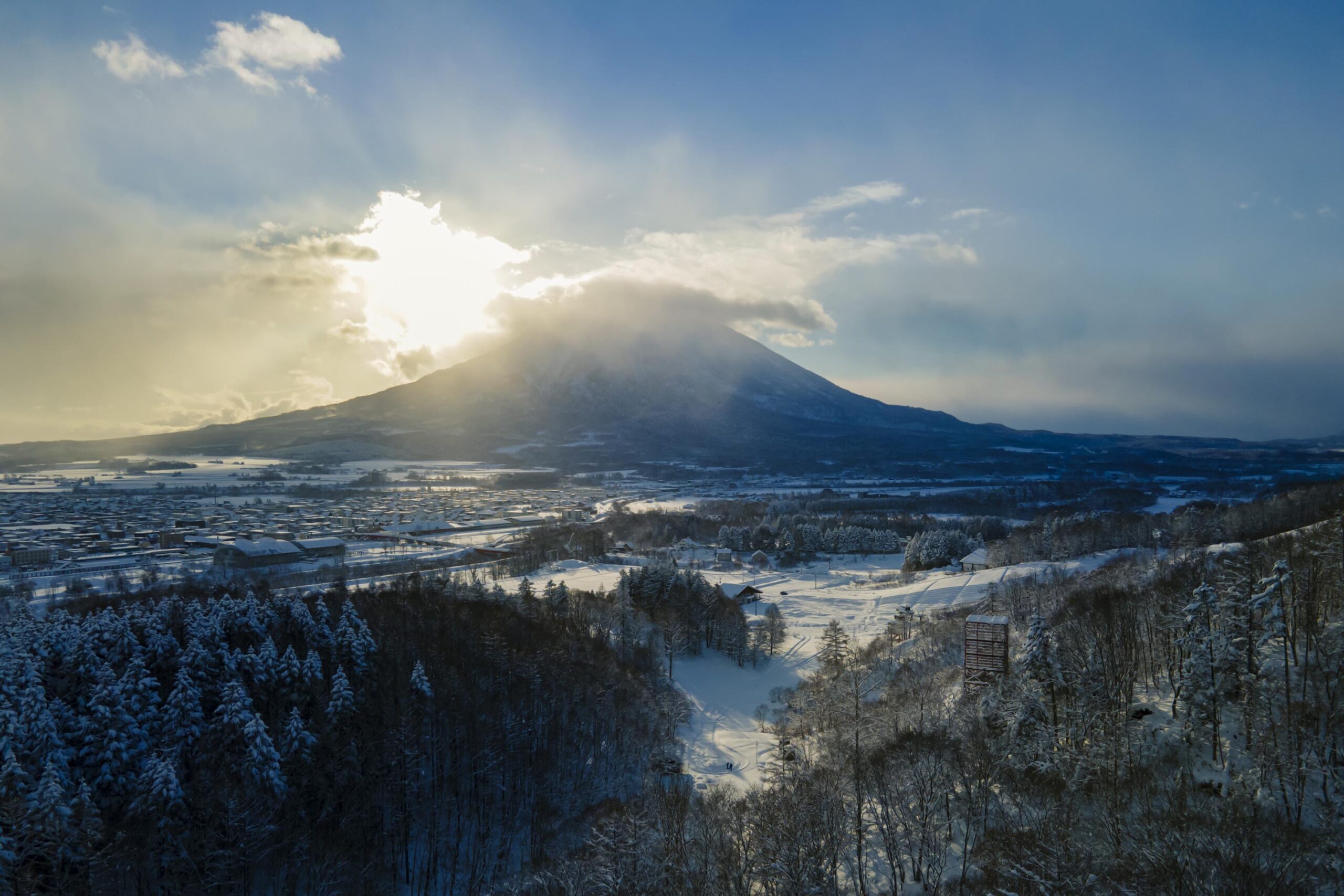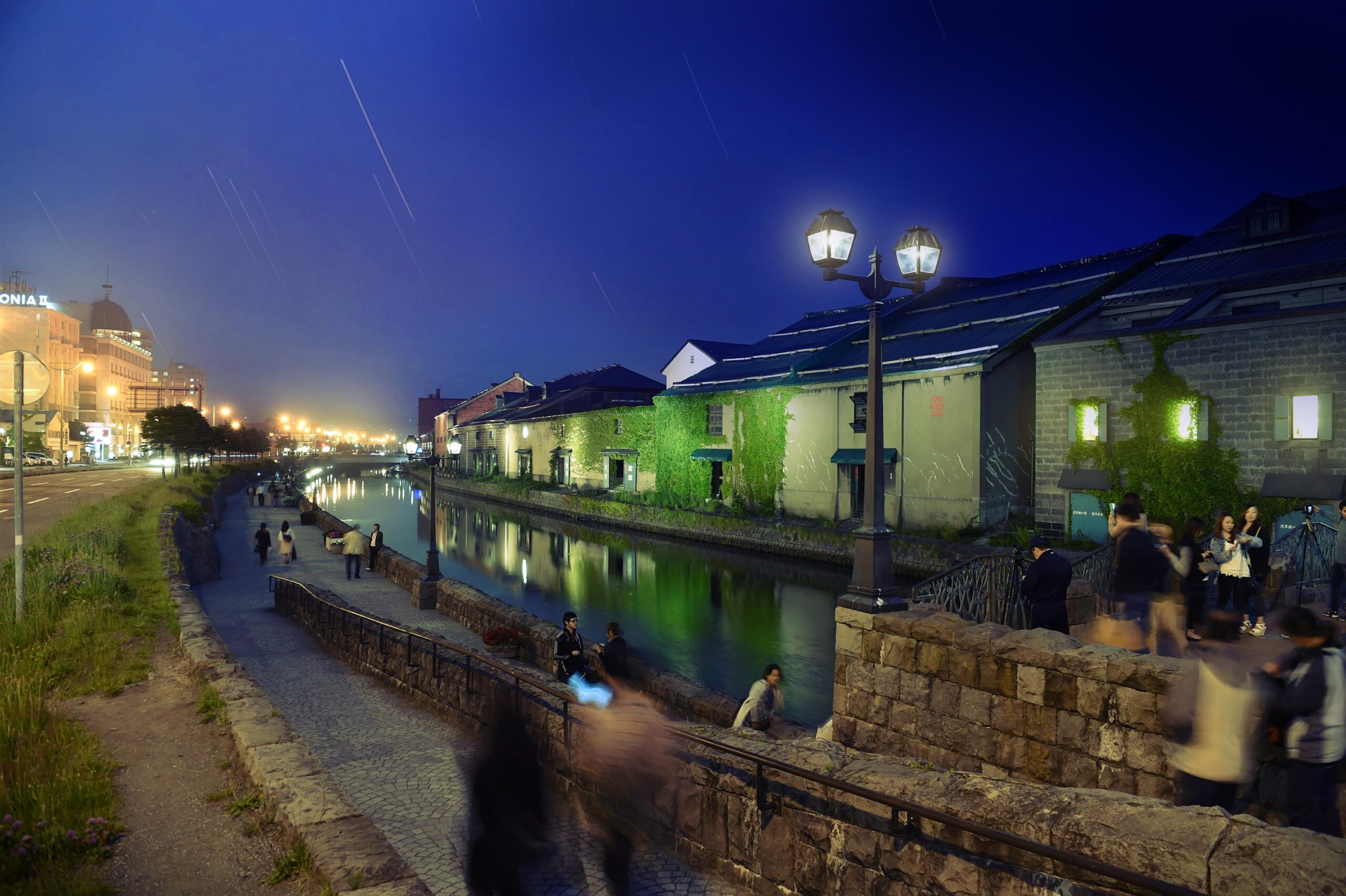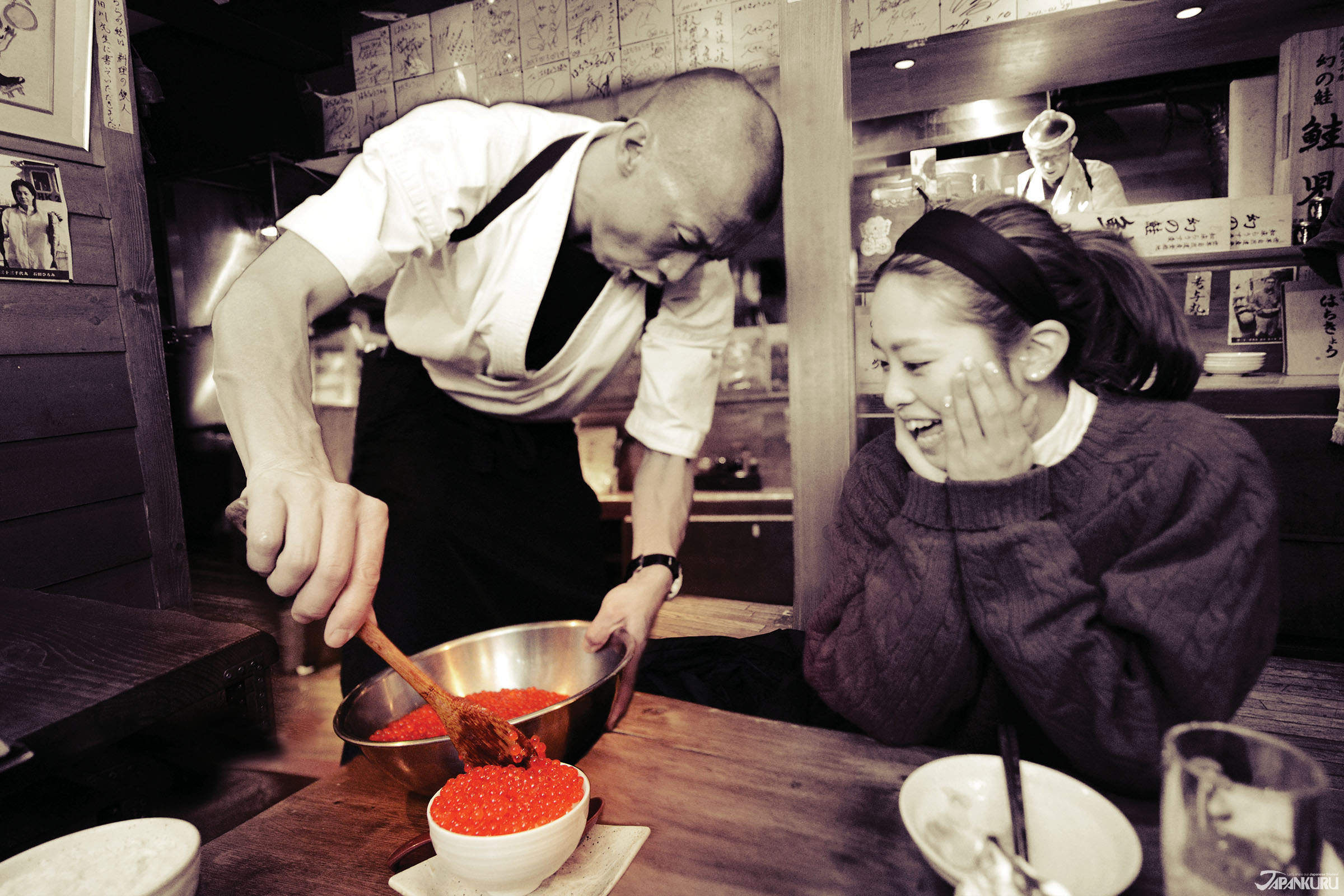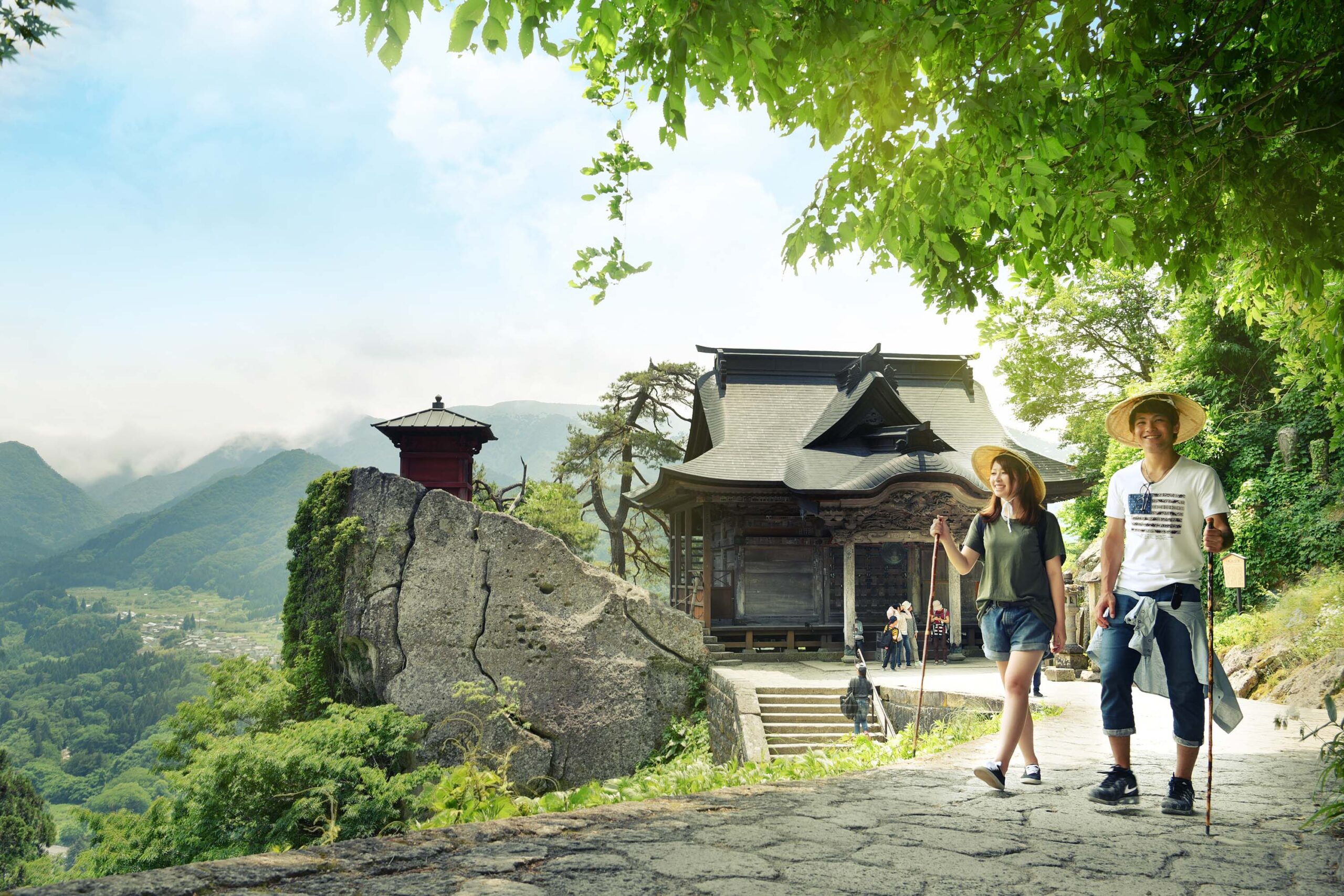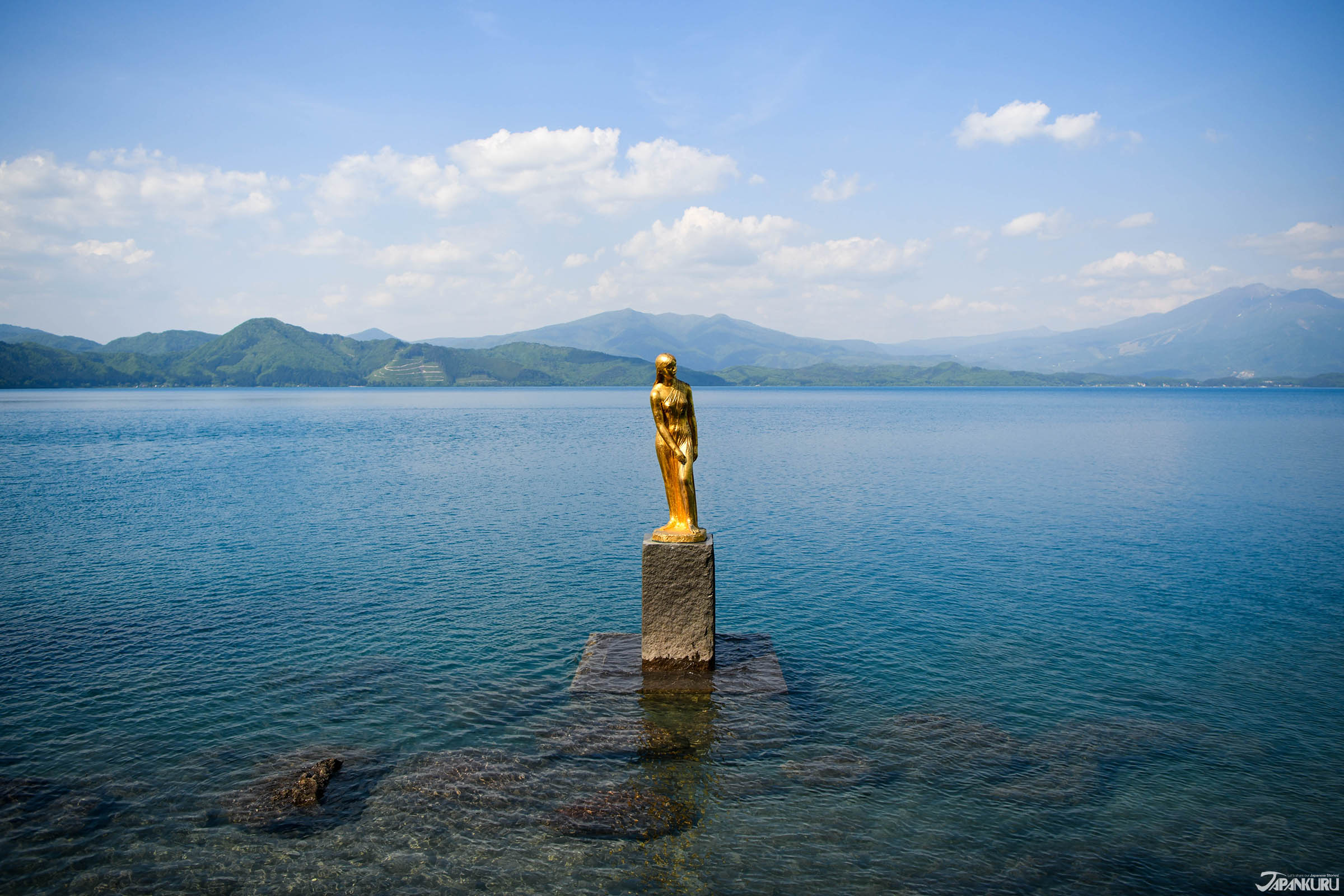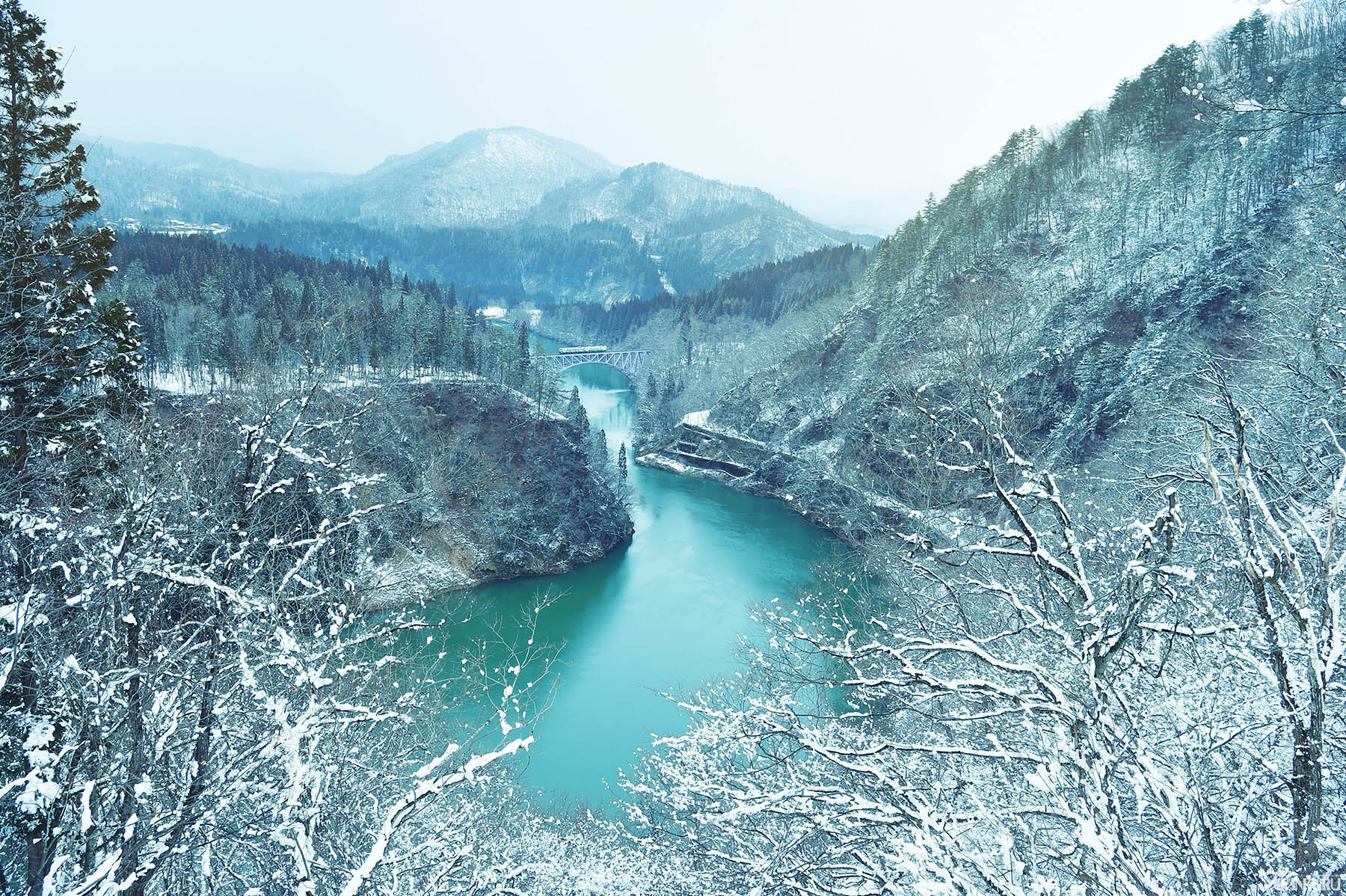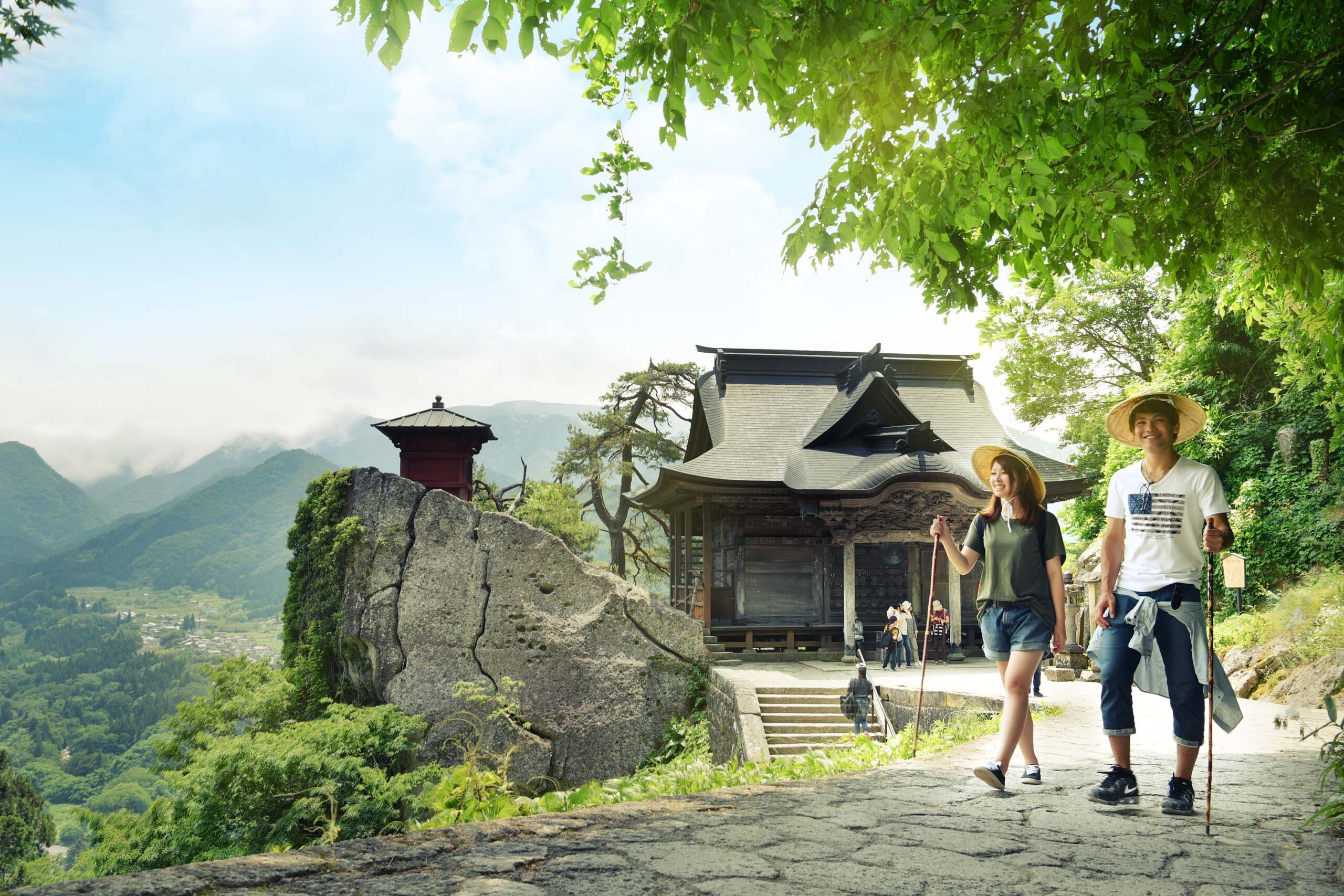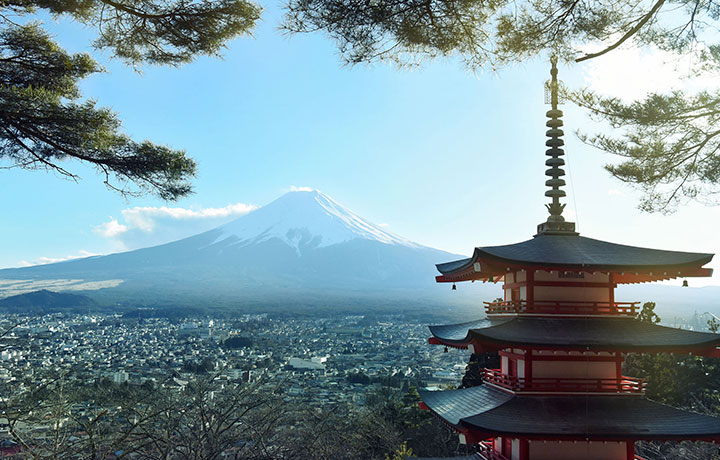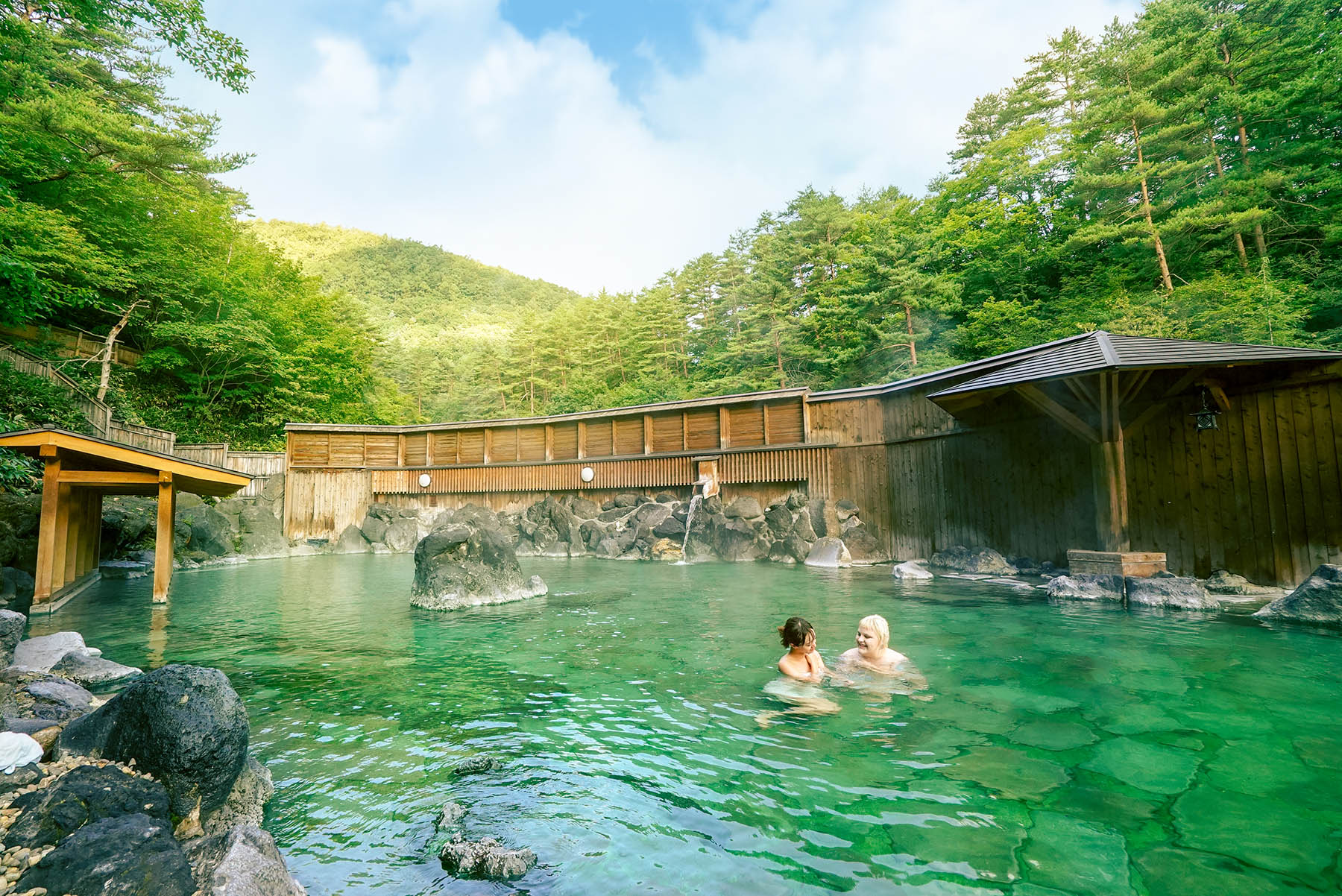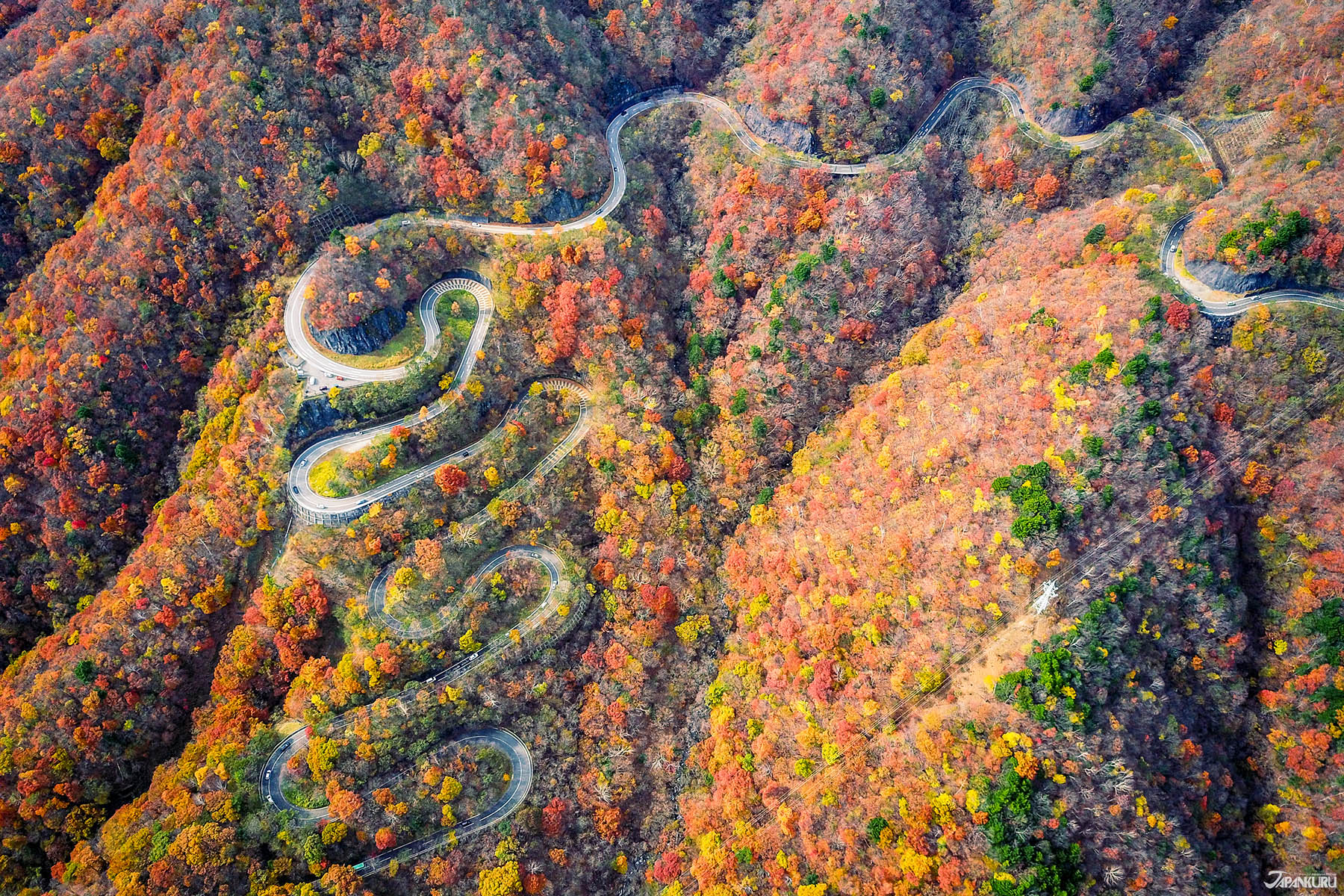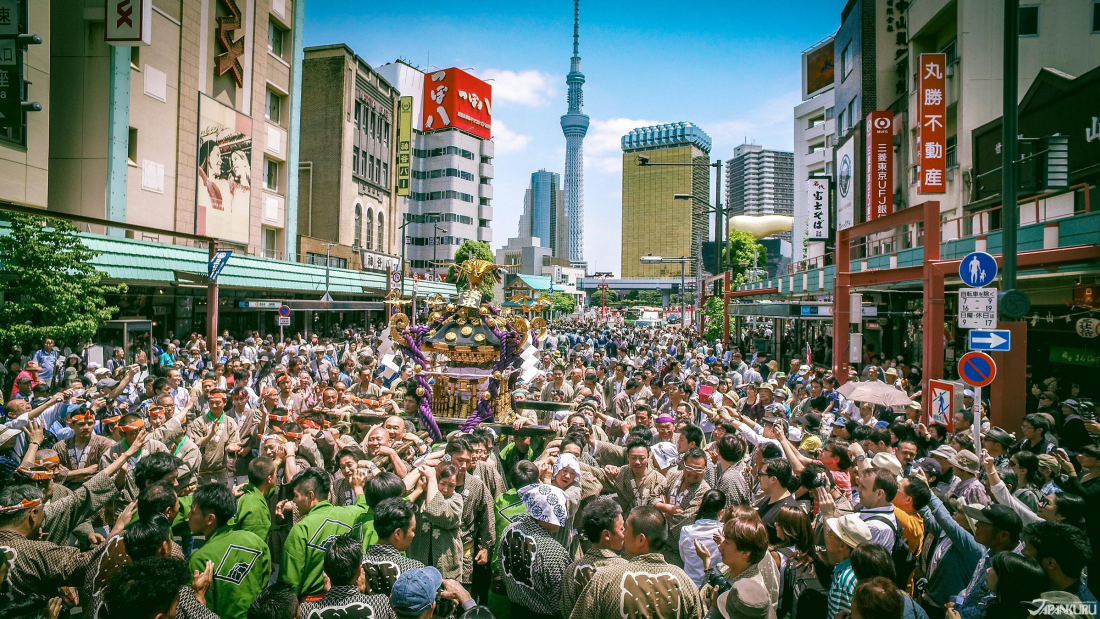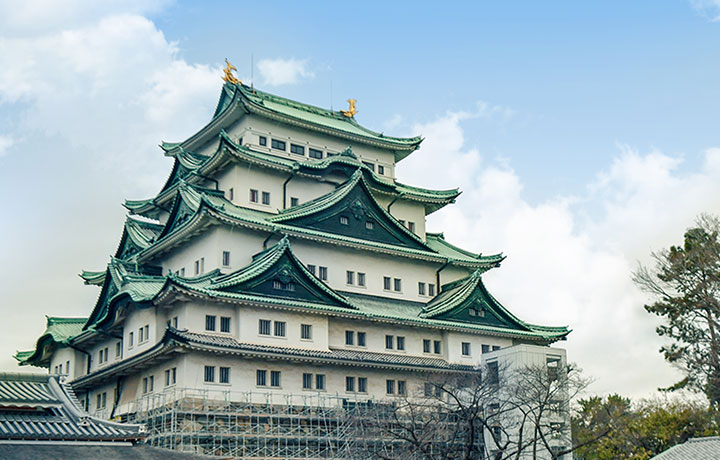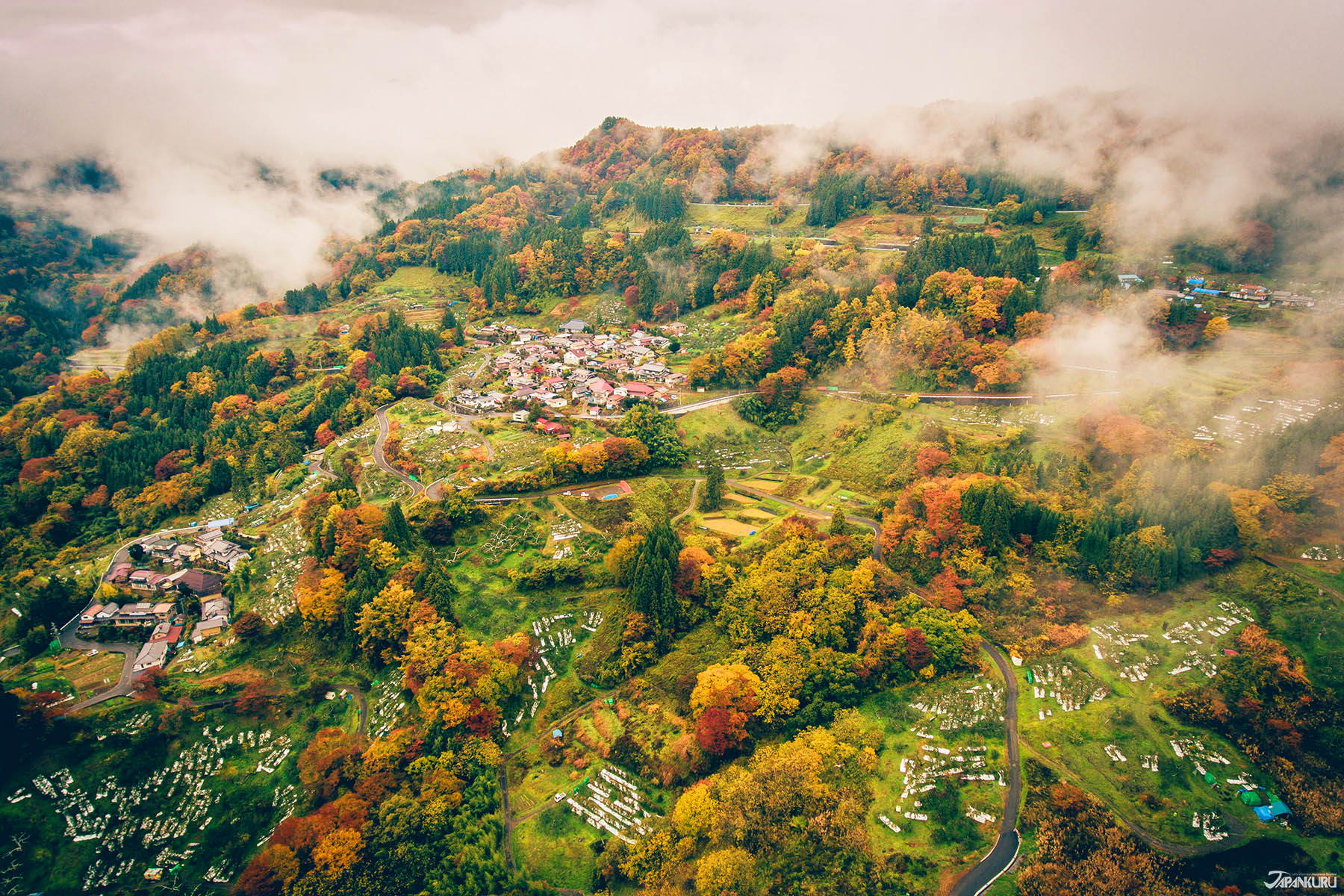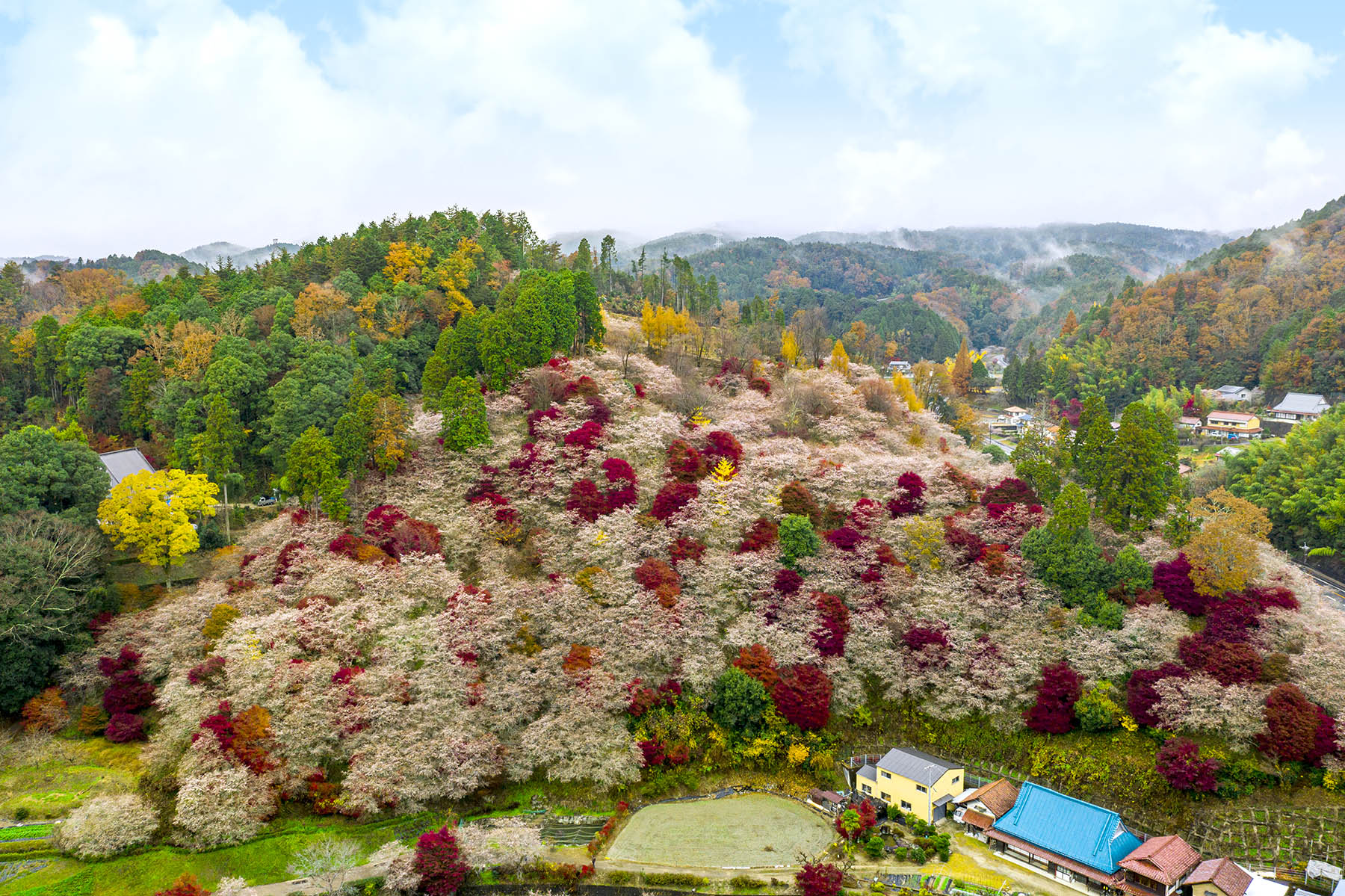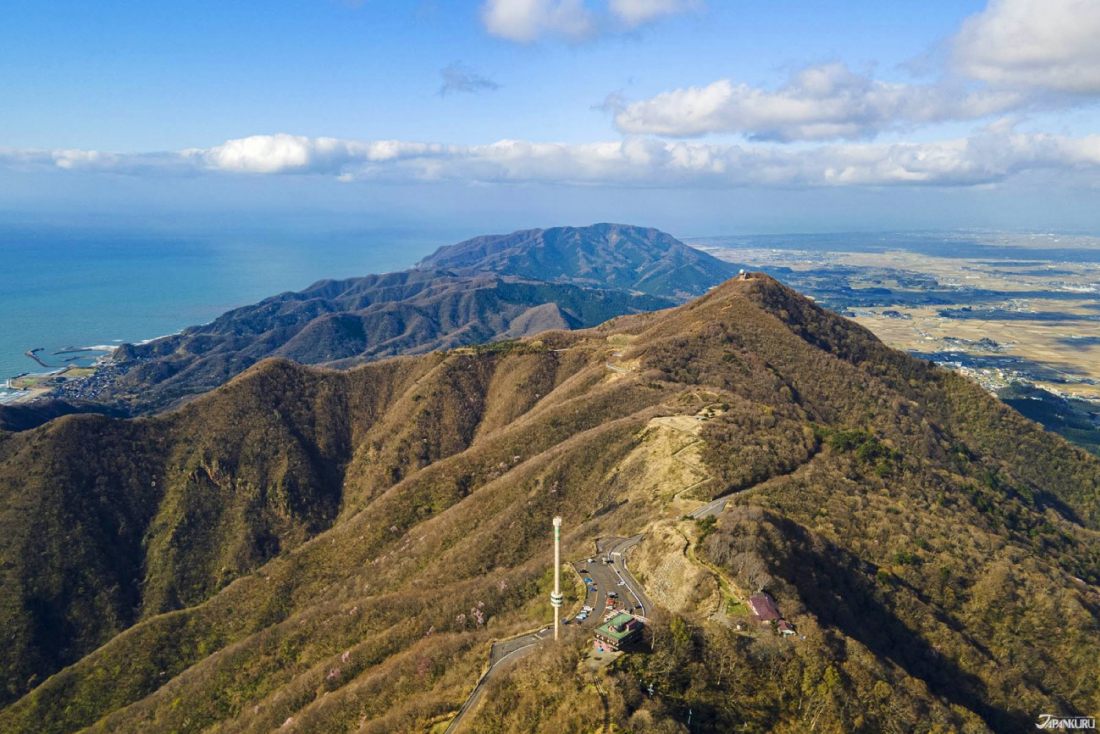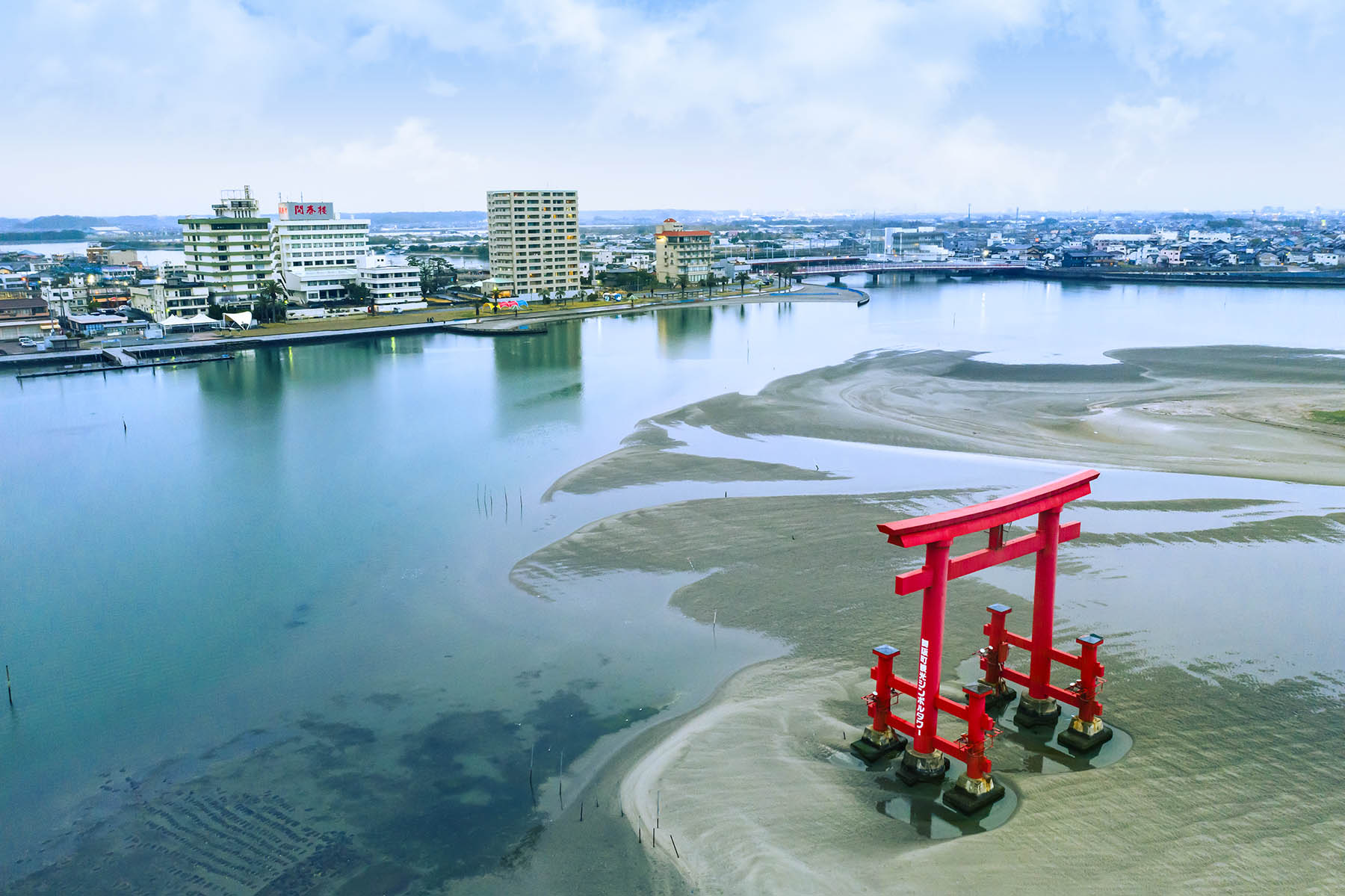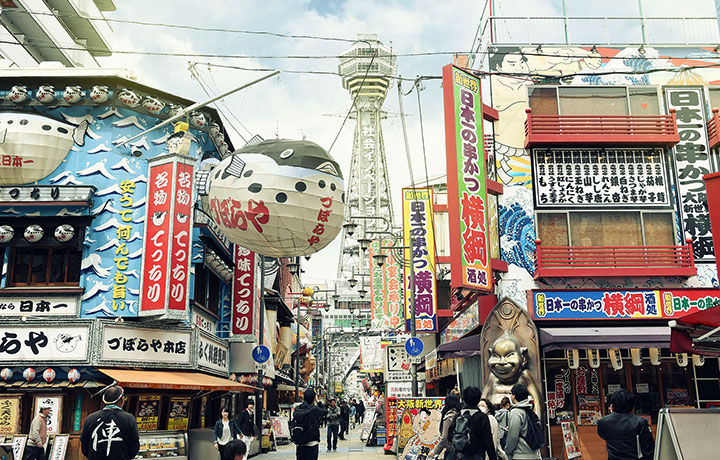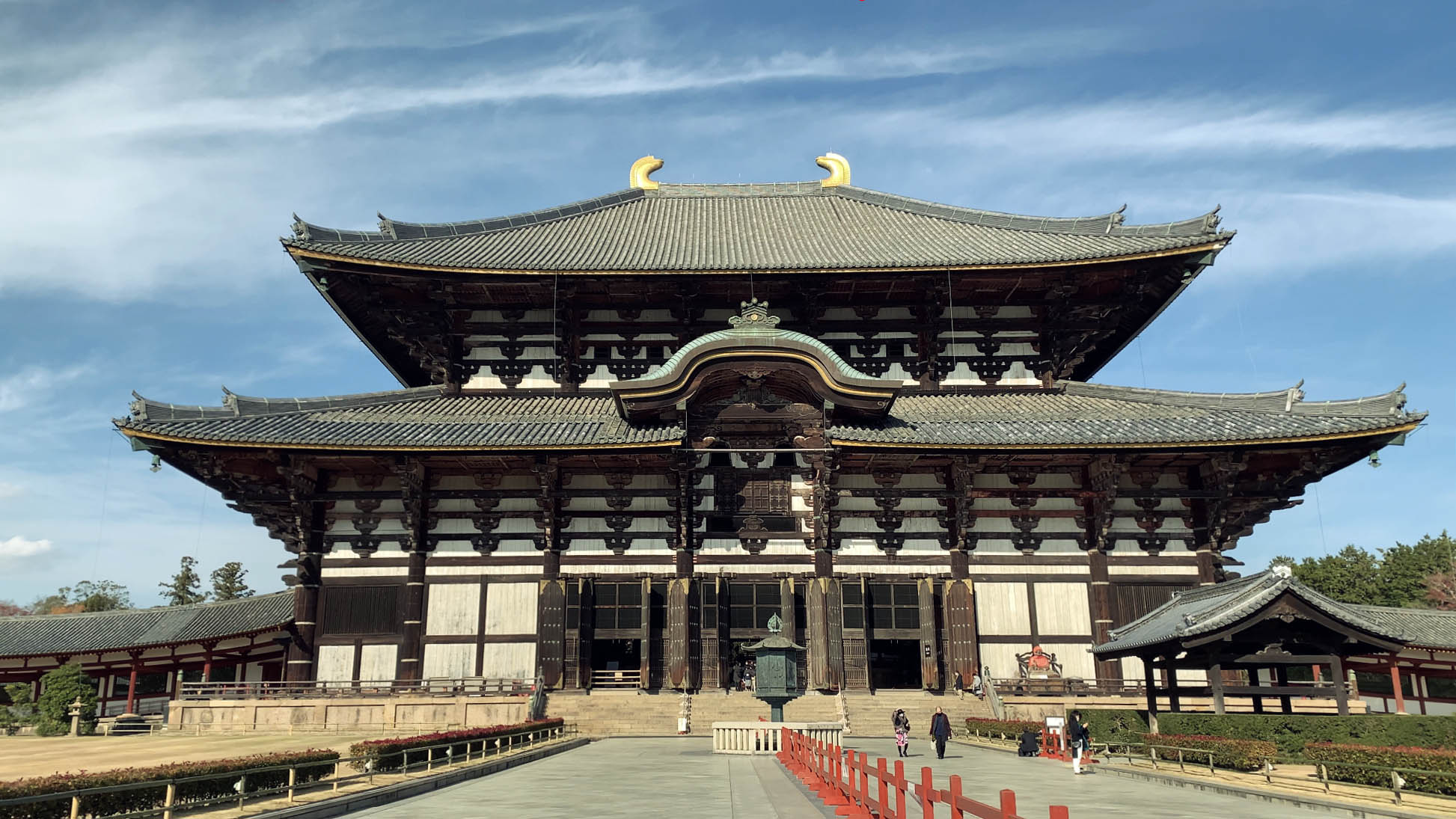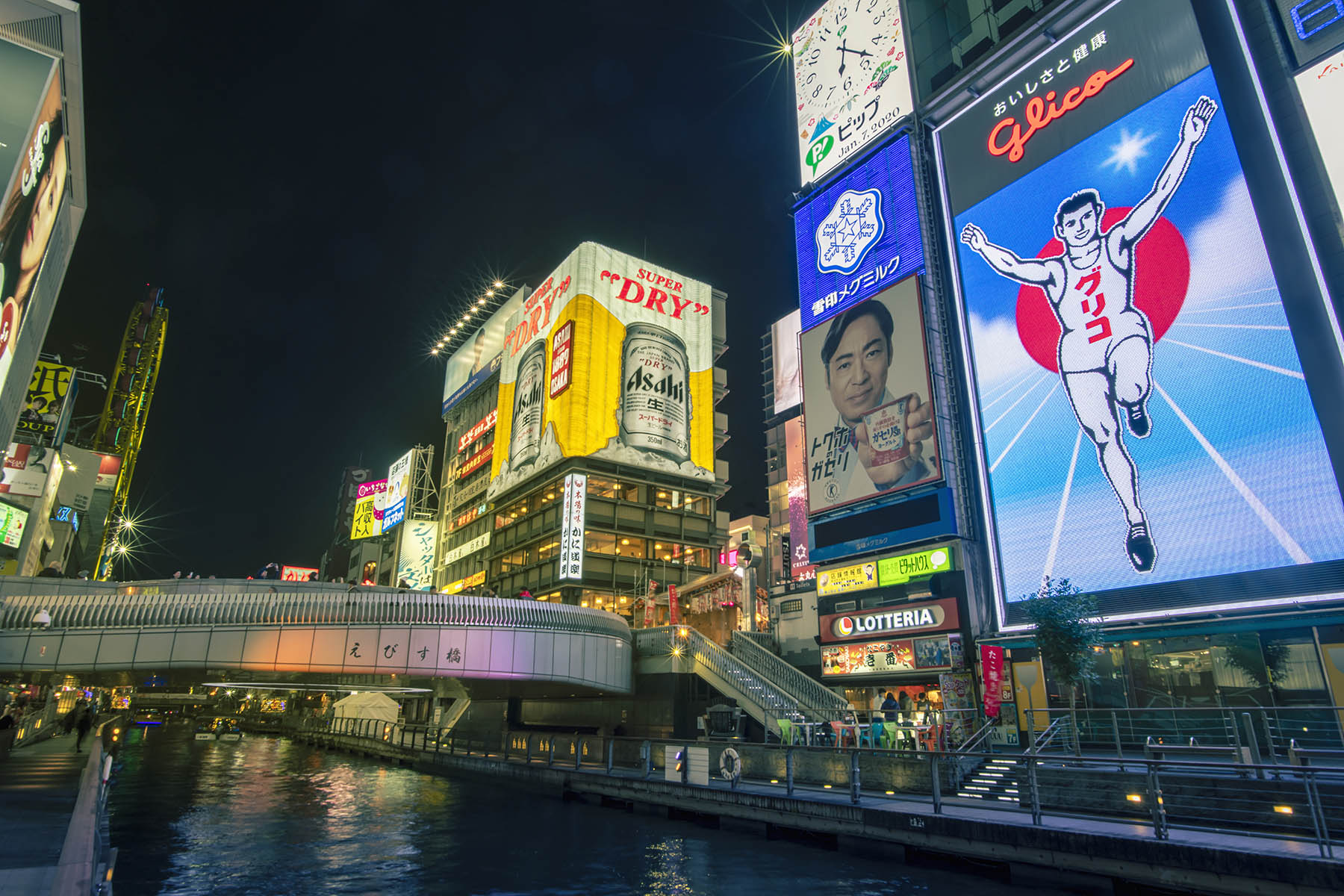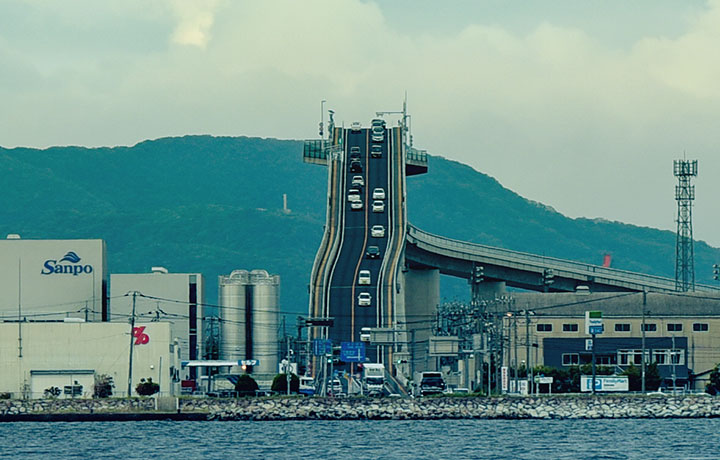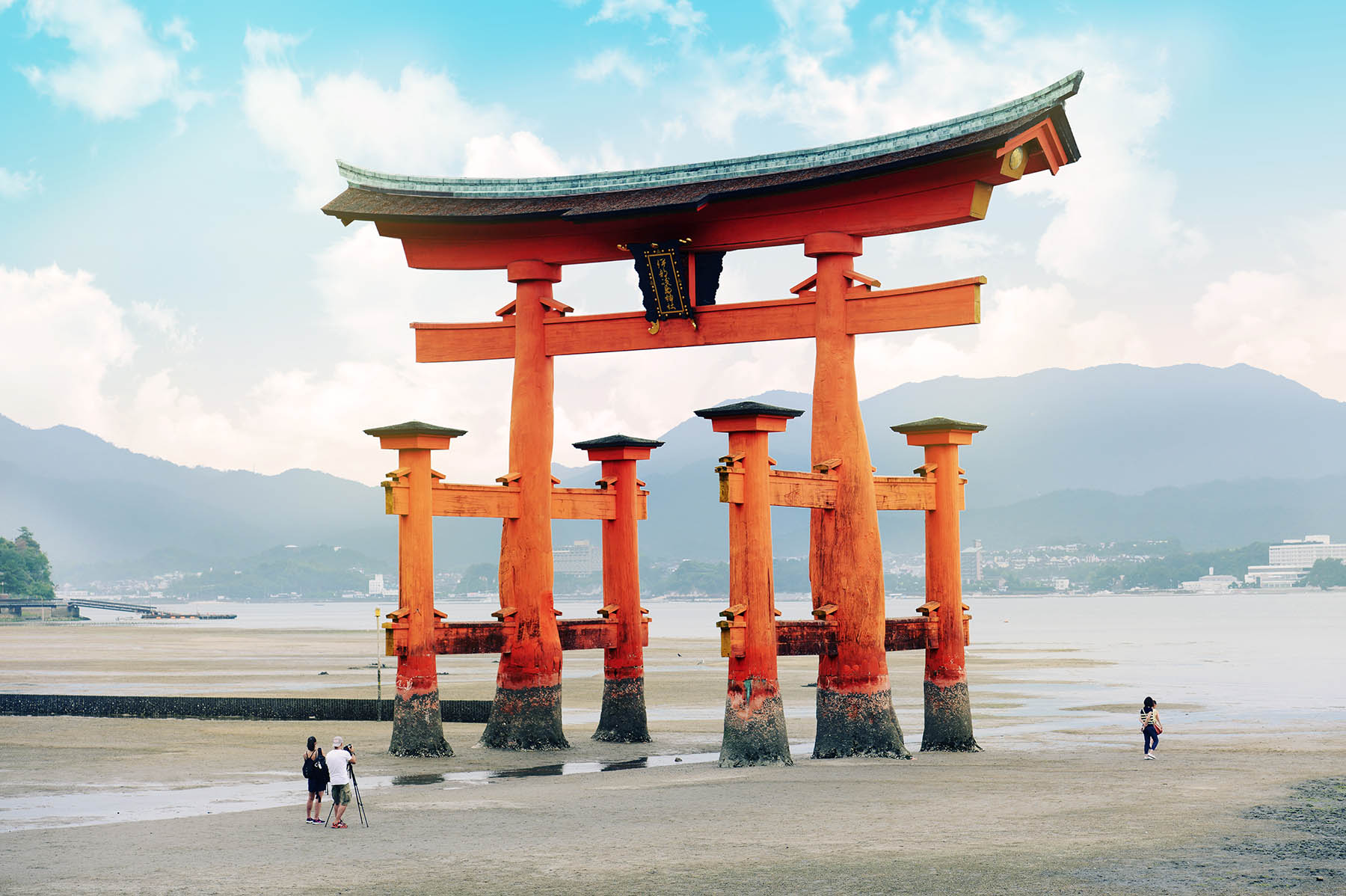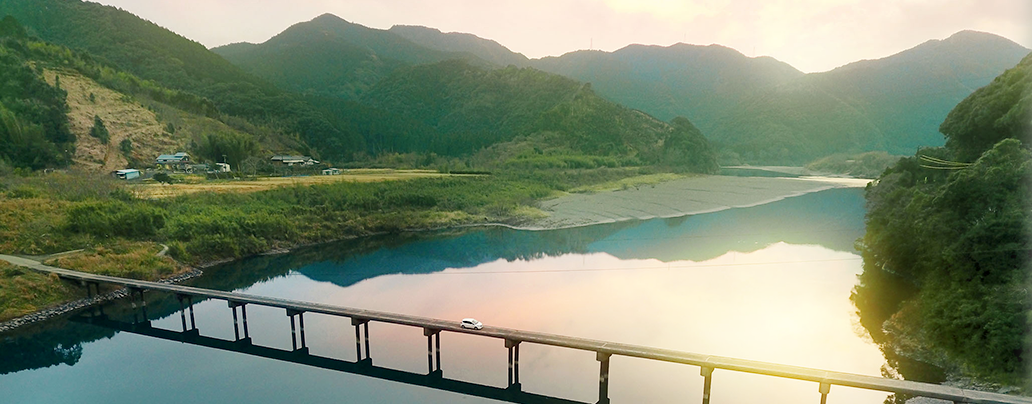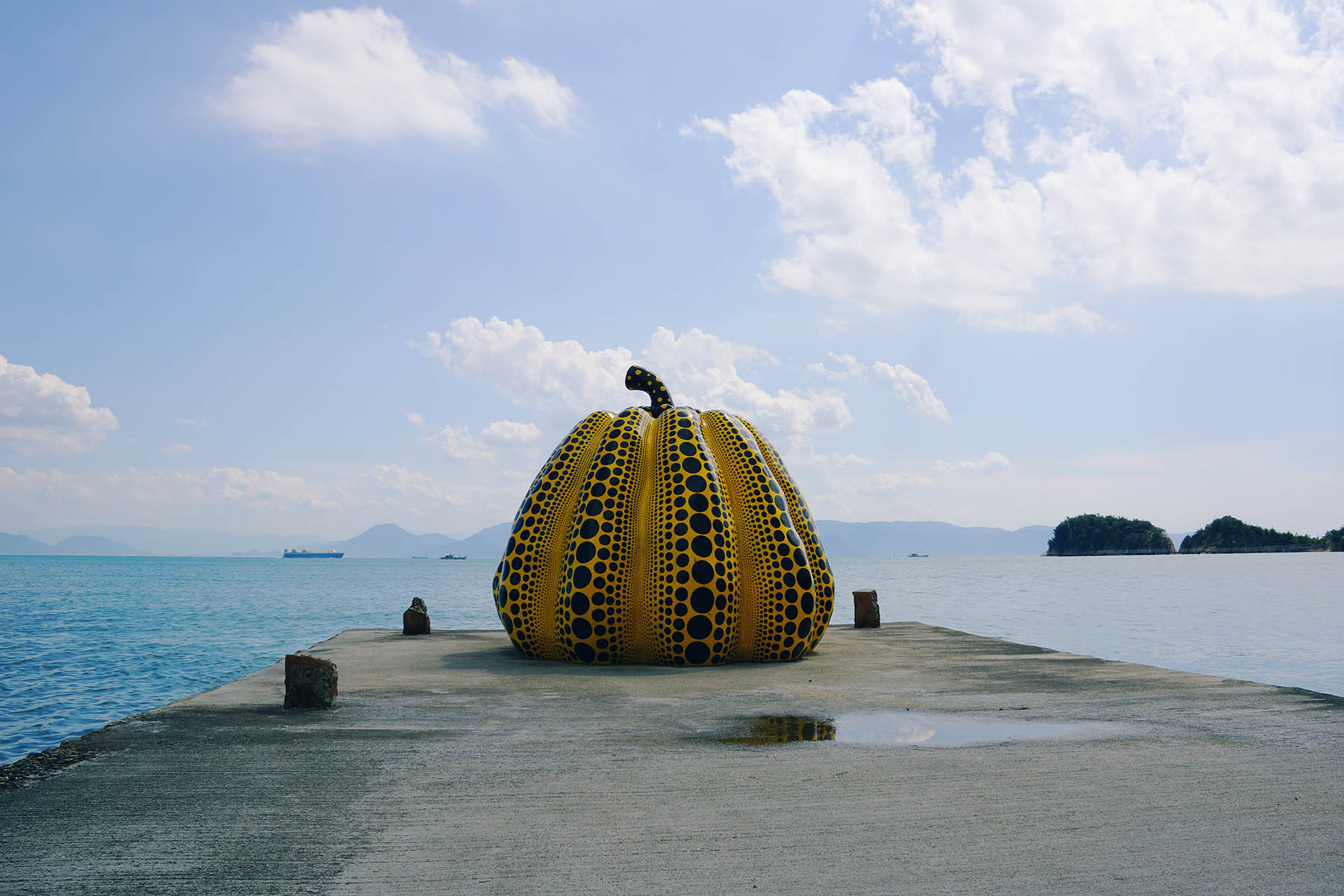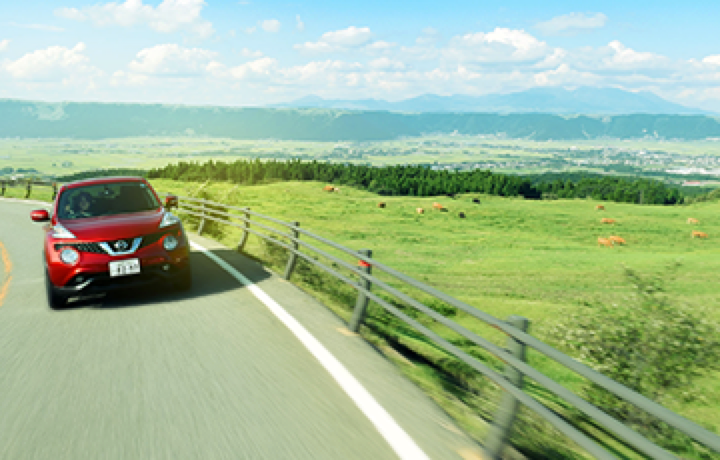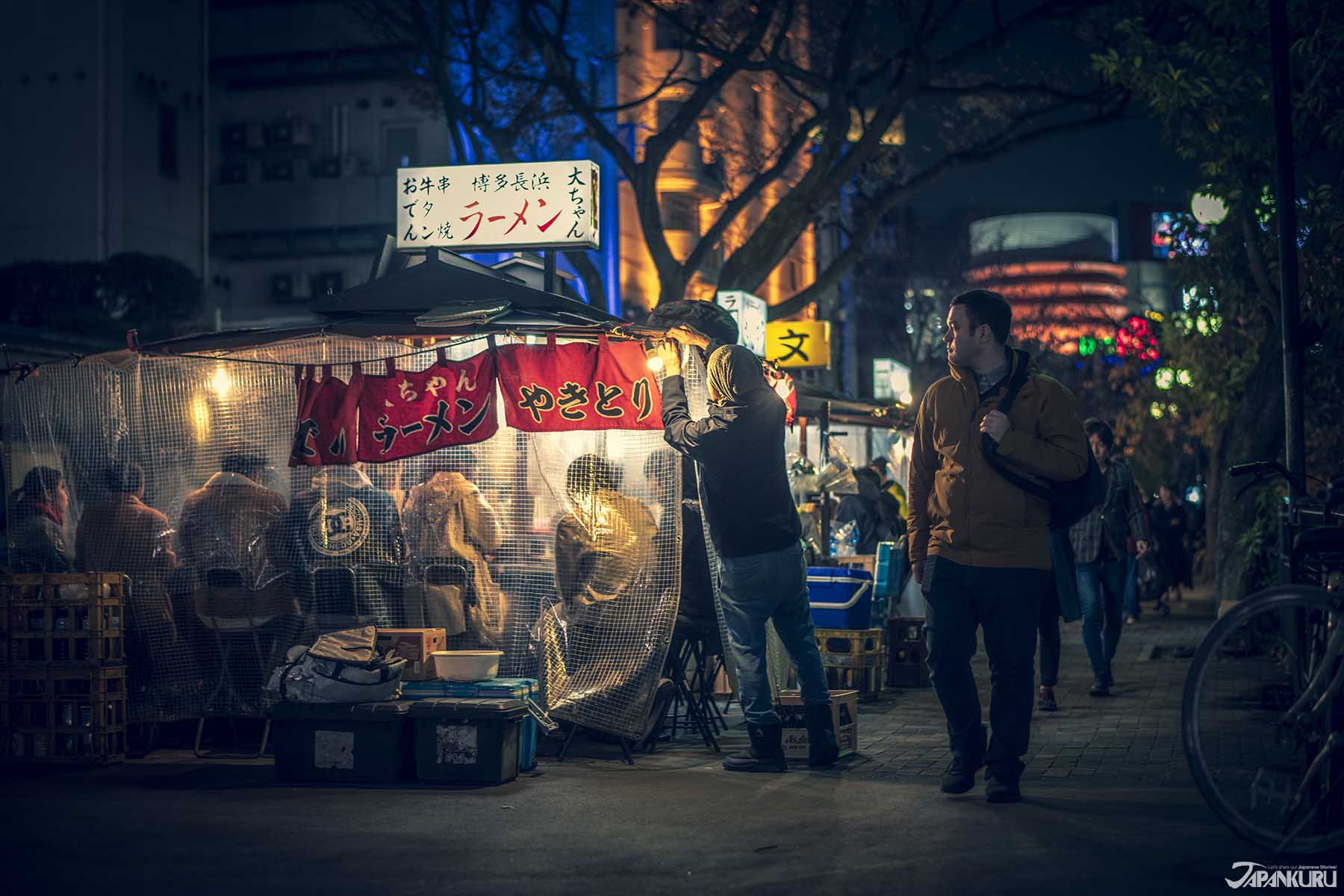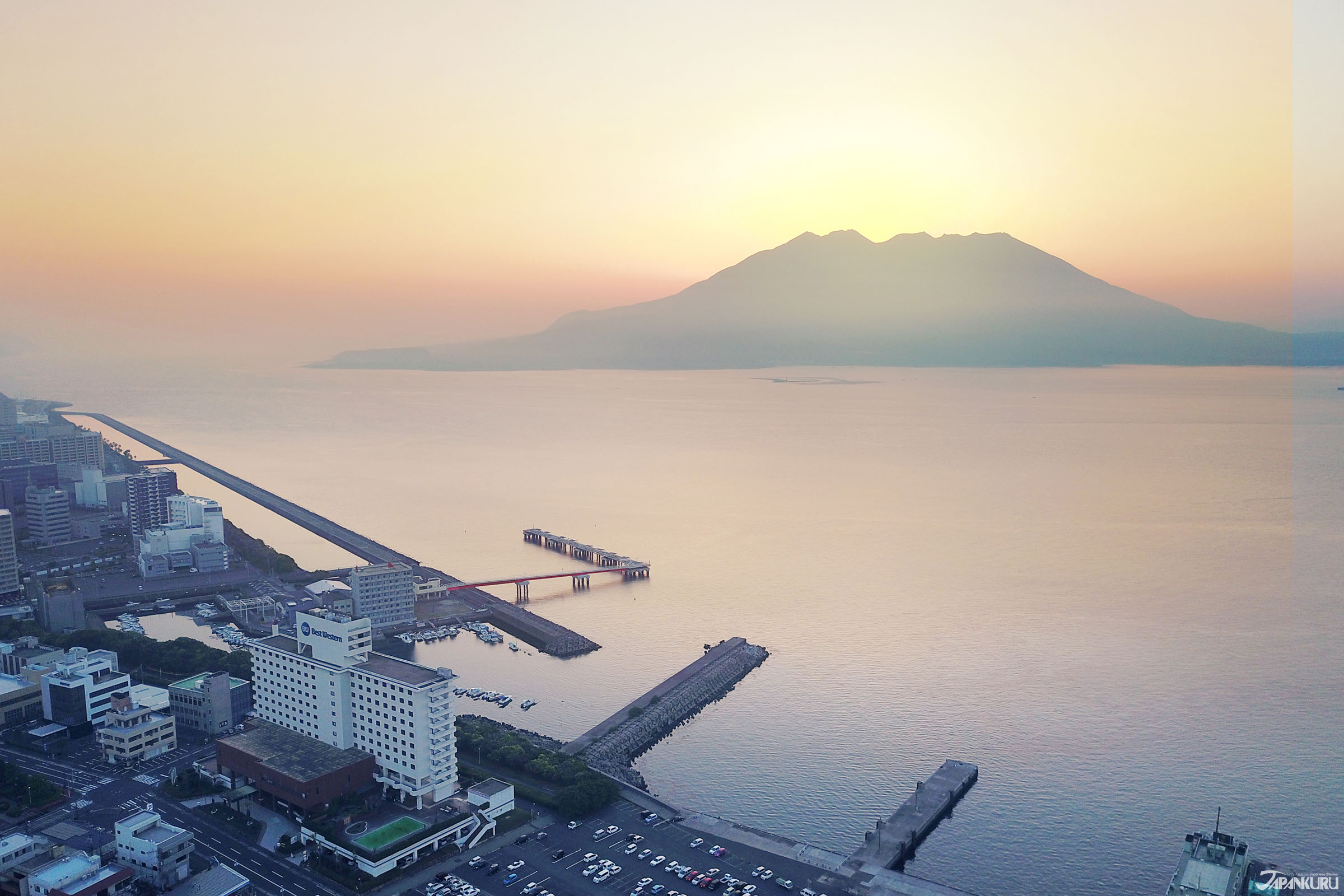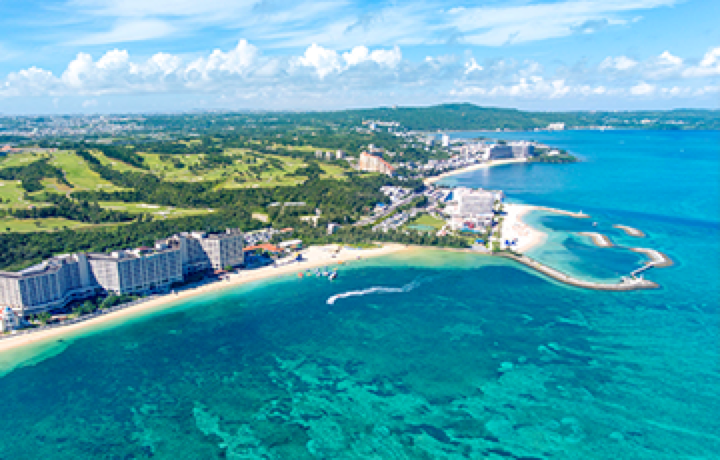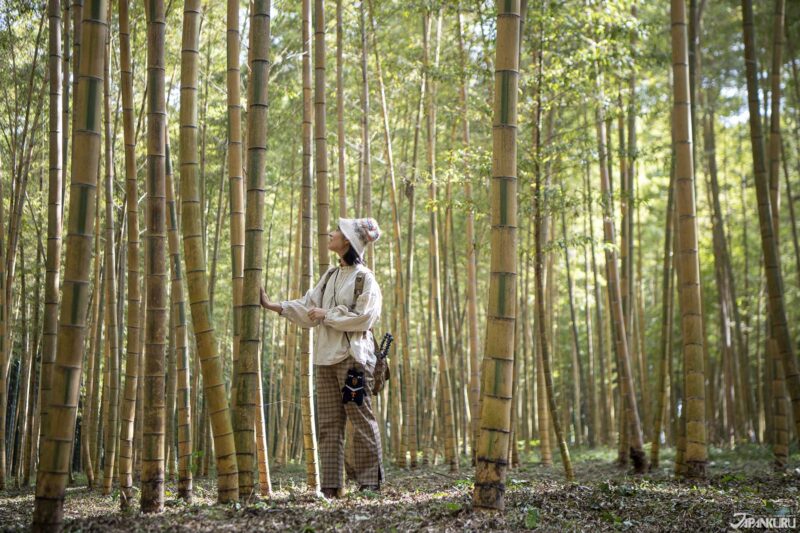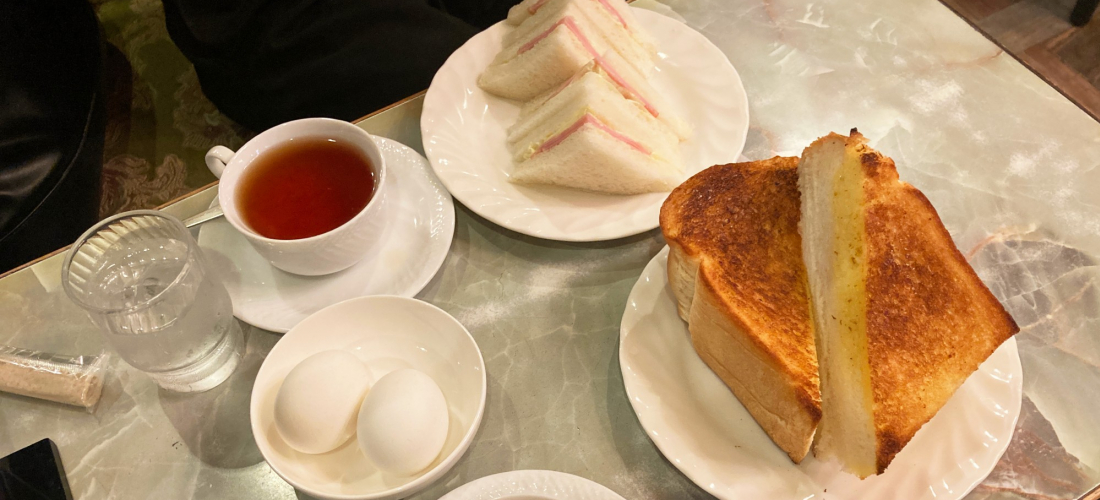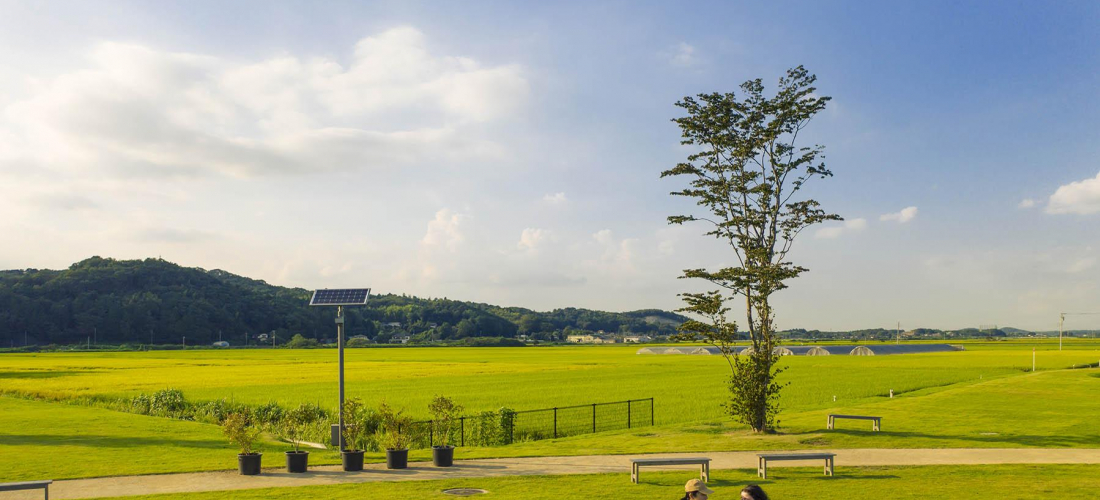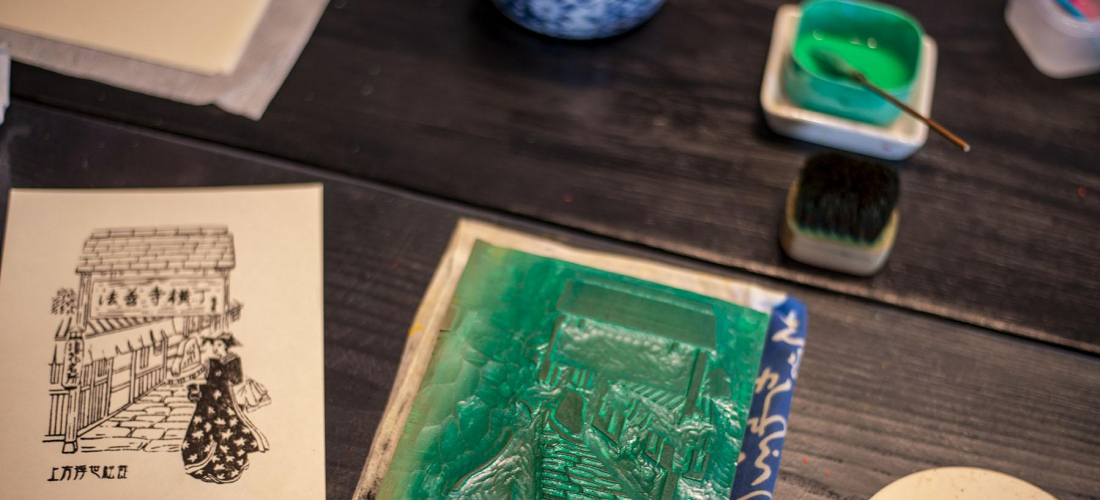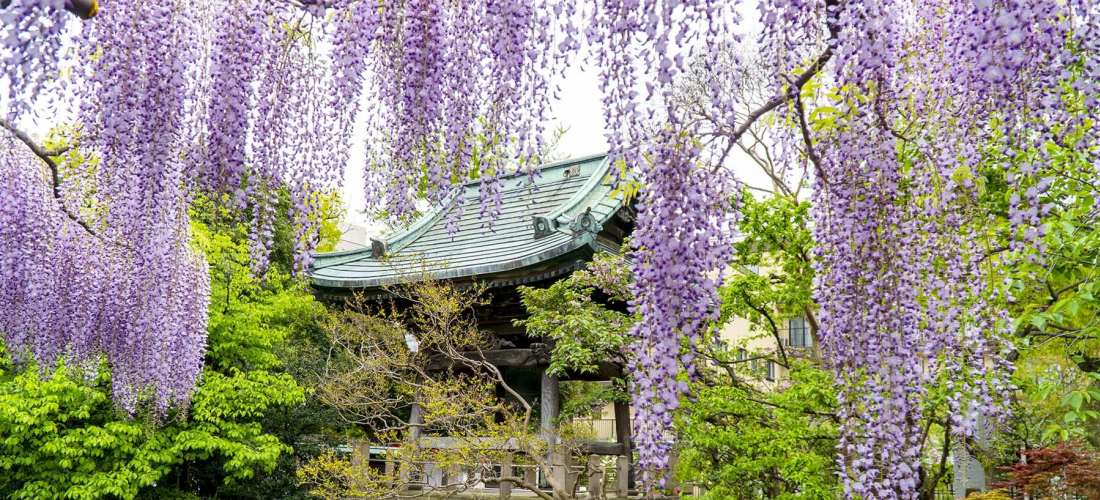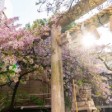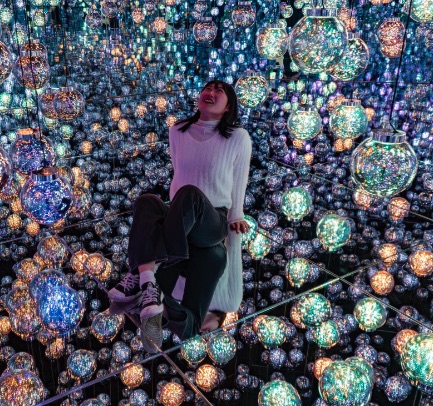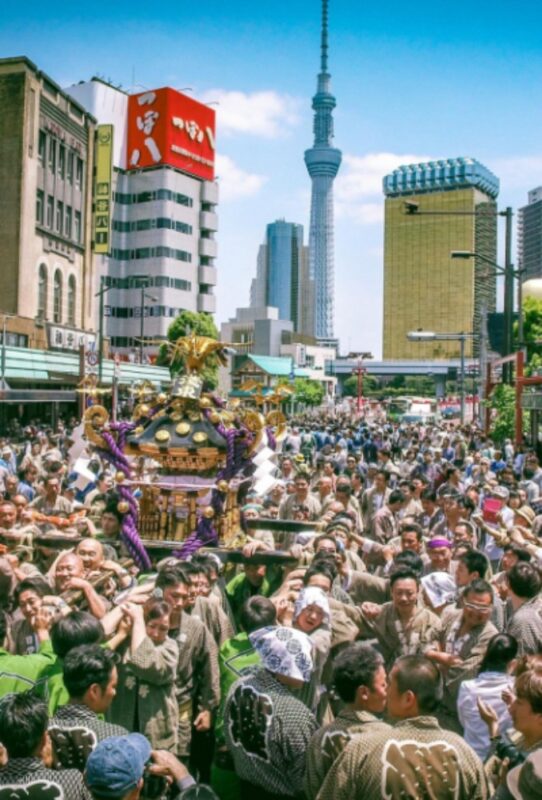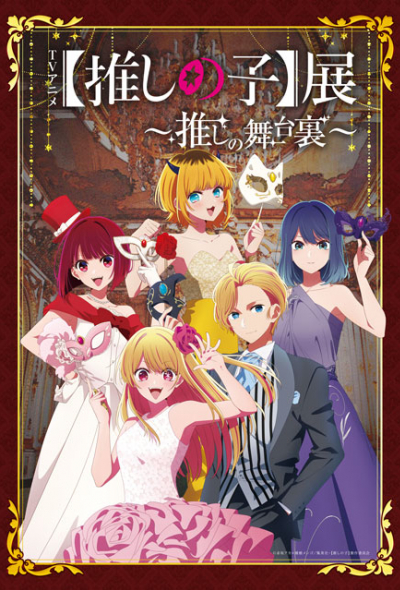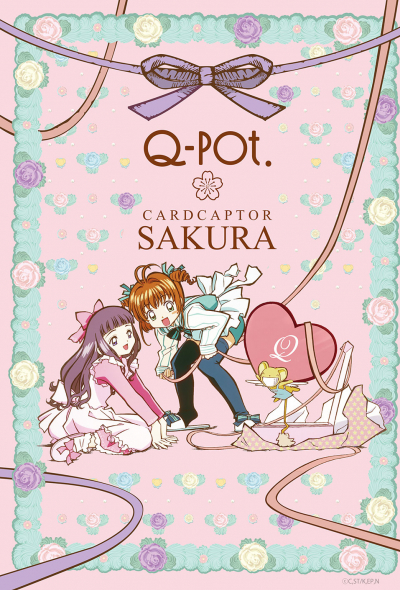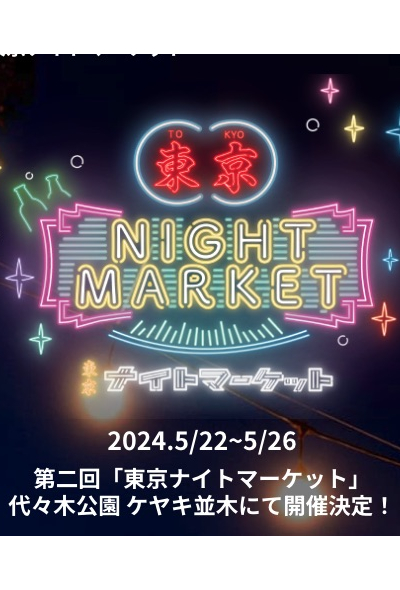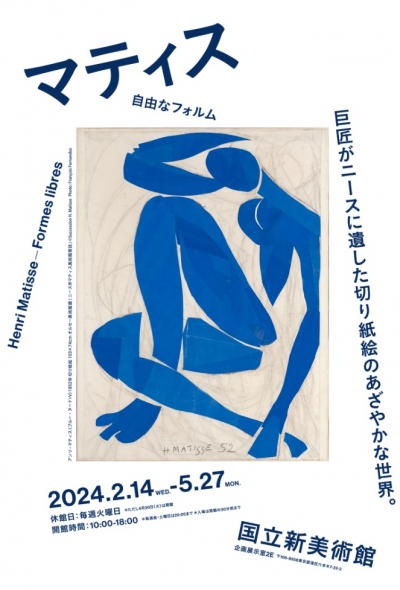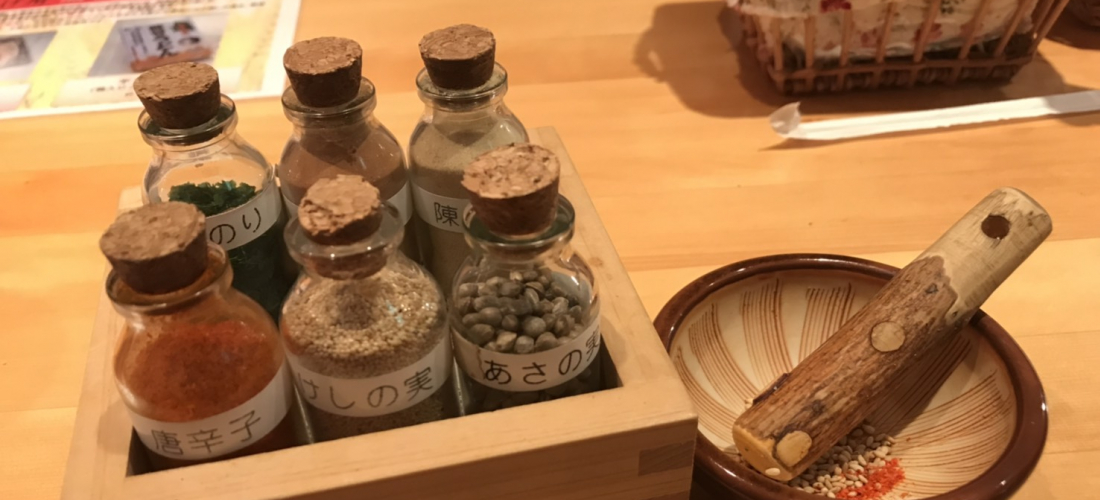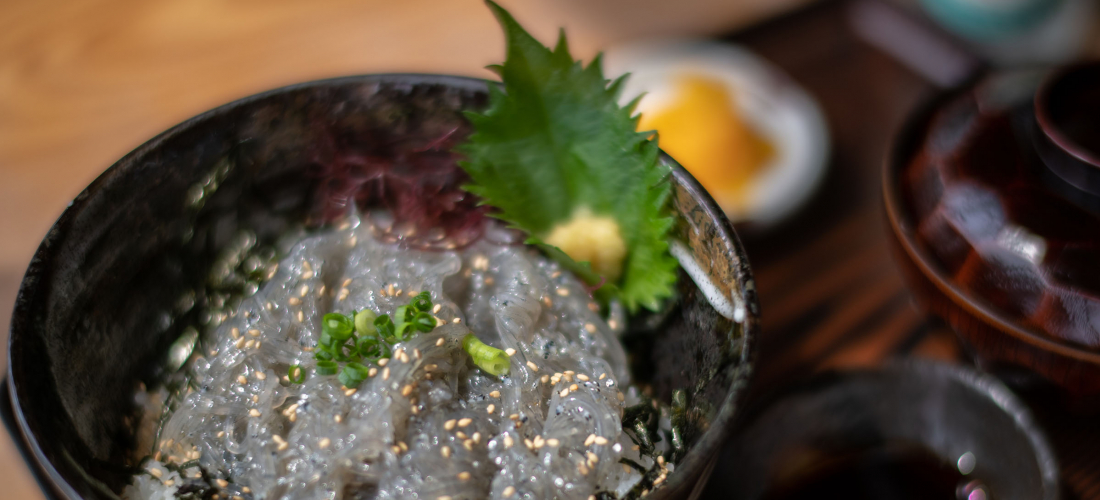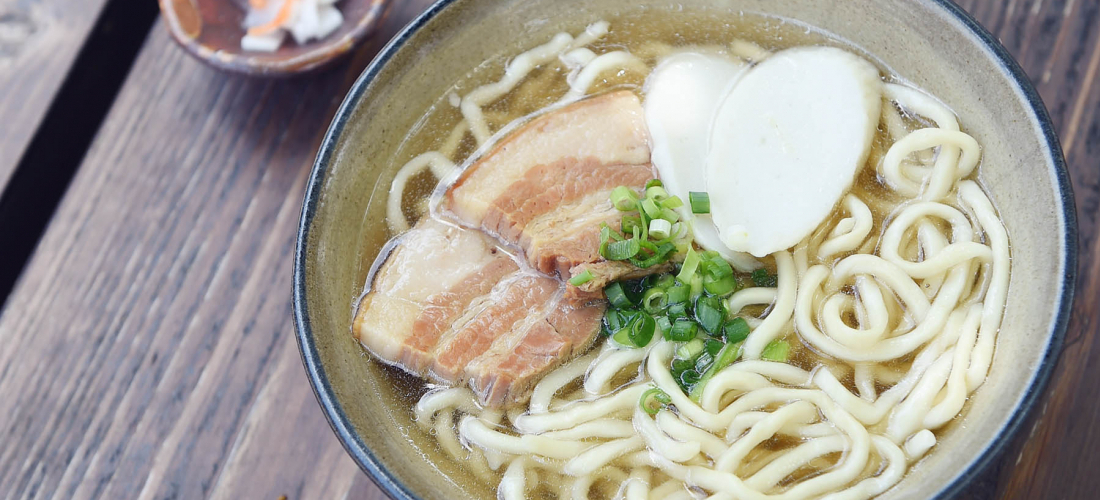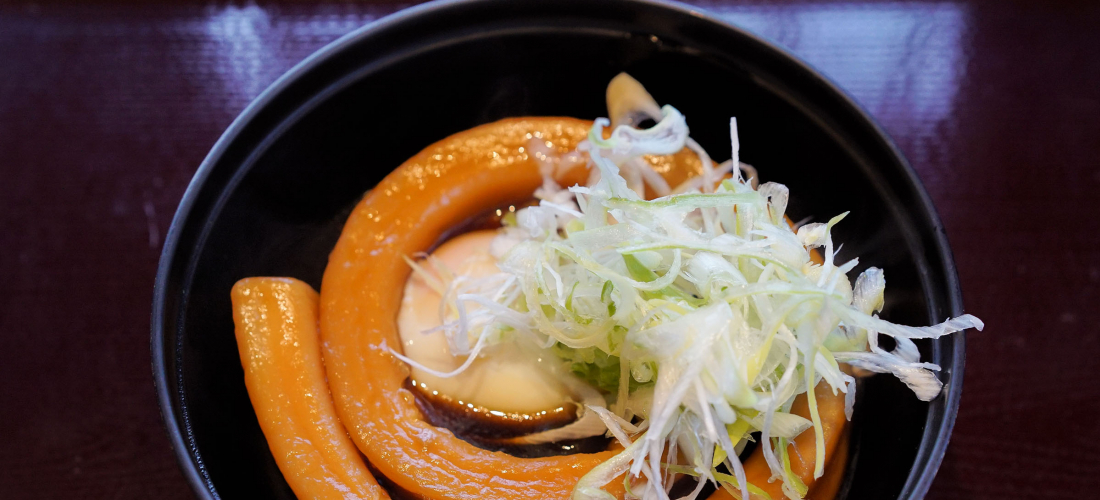CONTENTS
Japan loves unique dishes and extra local cuisine, so these six delicacies are only the tip of the iceberg when it comes to Japanese cuisine!
Odd foods that only exist in Japan?
Any country will have its own unique dishes, and Japan is no exception to this.
These six delicacies are only the tip of the iceberg, but if you're looking for some unusual dishes to dig into, these will definitely get you started! Let's take a look at some unique Japanese cuisine!
1. Wasabi Donburi & Wasabi Juice
!!! WARNING !!! the following contains !!! WASABI !!!
To some of us, it can be a lethal weapon, for others, it is a pleasure. That sharp sensation that starts by burning the mouth, then strikes up through the nose and sinuses, finally bringing tears to the eyes…
Whether you like the spice of wasabi or not, these dishes will surely wake you up! Above, you'll see a full meal of wasabi, available at the Daio Wasabi Farm restaurant in Nagano Prefecture. This tray features wasabi-don (ワサビ丼, a wasabi rice bowl), tempura wasabi leaves, and a little knob of fresh wasabi you can grind for yourself. Forget the horseradish you get overseas, this wasabi is the real thing and it doesn't get much fresher. At the same wasabi farm you can also try wasabi curry (Thai green curry style), wasabi ice cream, and wash it all down with a refreshing wasabi beverage.
2. Shirasu Pizza
Shirasu (シラス), small fish fry also called whitebait, are widely used in Japanese cuisine, but not nearly as common overseas. A shame, considering shirasu are an excellent source of calcium!
There are a few places around Japan where you can enjoy these little fish fresh-caught, but shirasu are only available raw for part of the year. For a taste of the little umami-packed jewels, Enoshima is the closest spot to Tokyo.
Around Japan shirasu is usually just eaten with rice and simple Japanese staples. We only know of one place where you can find the little fish on top of pizza, though! One Enoshima restaurant decided that shirasu are not only destined for traditional Japanese cuisine, but are ripe for reinvention. If anchovies can be savored on pizza, why wouldn't whitebait be a good topping, too? And so, shirasu pizza, with the savory little fish on top of a crispy crust, bright tomato sauce, and a satisfying layer of cheese.
For a more traditional take, raw shirasu (a bit like sashimi) are available for just a few months a year. Shirasu-don, a bed of rice topped with a pile of super-fresh fish fry, is a rare delicacy even for many in Japan!
3. Ippon Udon
Not your ordinary udon.
This dish, found in Hanyu City, Saitama, comes with just one long single strand of udon in a bowl. That's right―one big, long hunk of udon noodle. But the udon is cooked in the broth to soak up just the right amount of the savory flavor. Just looking at it, you can see this isn't any ordinary udon.
Ippon udon (一本うどん, literally single-strand udon), has a history shrouded in mystery and legend in Japan. Some gastronomic historians think it's a genuine dish that existed in Japan's past. One family restaurant in Japan offers the dish, claiming that their recipe dates back to ancestors who created ippon udon long ago. Others in Japan say that there's little evidence for this claim, and it's just the stuff of myth. Whoever it was that came up with the original concept, they clearly had an impressive imagination! This particular bowl of ippon udon came from a totally different roadside restaurant, where it took the chefs three whole years to perfect the new recipe.
In the end, they came up with one chewy and flavorful noodle, with a texture almost like mochi!
4. Firefly Squid Hotpot
This is not your everyday shabu-shabu hot pot!
Normally, shabu-shabu is mostly a meat dish, and you're more likely to find high-quality beef at a Japanese hotpot restaurant than seafood. However, in this case, delicate firefly squid (or hotaru ika, ホタルイカ) are the star of then show. Firefly squid, so named because they glow bioluminescent in the nighttime sea, are quickly cooked in the mild broth, and eaten whole! If the eyeballs freak you out a little, this might not be the dish for you, but trust us when we say it's quite a delicacy.
5. Negisoba
Opt out of chopsticks―try eating this bowl of soba noodles with a single green onion!
That's right, in Japanese negi (ネギ) means green onion, so this is literally green onion soba. It might seem hard to eat just looking at it, but after giving it a try, people often say that it's actually not too much of a challenge. You can see the negi does an alright job of picking up some noodles! The dish is a specialty of Ouchi-juku, in Fukushima Prefecture.
Don't worry, the restaurants will still provide chopsticks for those who need them.
6. Ox Tongue (Gyu-Tan)
In Japan, cow or ox tongue is called gyu-tan (牛タン) and it's a high-priced delicacy. In recent years, tongue meat has lost popularity in many parts of the world, similar to offal and cuts like tripe. But the tender meat, with a unique texture and satisfyingly meaty flavor, is still popular in Japan! Since each cow only provides a very limited amount of tongue meat, tongue ends up being a valued cut of meat, and it's actually a high-priced indulgence.
A Different Side of Japanese Cuisine
Planning to travel to Japan? Ramen and sushi are delicious parts of any trip, but why not try these unique dishes while you're here? We think they're pretty delicious, but even if you can't agree, you'll have a great story to bring home!
Stay tuned for new original articles at JAPANKURU. 🐶 Make sure you follow us on our Facebook and Instagram for more Japanese stories!
JAPANESE BEEF | 4 Must-Try Restaurants in Tokyo
Exploring Japan's All You Can Eat and Drink "Houdai" Culture
Details
NAME:Japanese Cuisine
MAP
PROFILE
Follow us @Japankuru on Facebook, Instagram, and Twitter!
COMMENT
FEATURED MEDIA
VIEW MORE
Which snacks make the best Japanese souvenirs?~ Jaga Pirika ~ 일본과자 선물 뭐하지?~자가피리카 편~ #pr #calbee #jagapokkuru #japanesesnacks #japanesefood #japanesesouvenir #japantravel #japantrip #naritaairport #hokkaido #나리타국제공항 #일본여행선물 #흔하지않은기념품 #일본쇼핑리스트 #일본과자추천 #고구마과자 #일본간식추천 #일본면세점쇼핑 #개별포장 #일본감자칩 #도쿄나리타공항면세점 #현지인추천 #일본여행 #일본기념품리스트 #자가포쿠루 #자가피리카

Asakusa's Sanja Matsuri, one of the biggest festivals in all of Tokyo, is almost here! Make sure you check out the festival route so you don't miss all the festivities this May. #asakusa #sanjafestival #sanjamatsuri #asakusashrine #sensoji #sensojitemple #japanesefestival #shintoshrine #japaneseculture #tokyo #tokyotrip #tokyotravel #asakusasightseeing #matsuri #japantrip #japantravel #springinjapan #tokyotravel #japankuru #산자마츠리 #아사쿠사 #일본마츠리 #일본여행 #일본5월

Odaiba's DiverCity Tokyo Plaza is home to the famous real-size 20m-tall Unicorn Gundam, and the popular shopping center has even more Gundam on the inside! Check out the Gundam Base Tokyo on the 7th floor for shelves upon shelves of Gunpla, and the Gundam Base Tokyo Annex on the 2nd floor for cool anime merchandise. Both shops have tons of limited-edition items! #pr #odaiba #tokyo #tokyotrip #japantrip #japantravel #PR #divercity #divercitytokyoplaza #tokyoshopping #gundam #unicorngundam #gundambasetokyo #anime #otaku #gunpla #japankuru #오다이바 #다이바시티도쿄 #오다이바건담 #건담 #일본건담 #건프라 #건담베이스도쿄

Evangelion, in miniature!? Tokyo's SMALL WORLDS Miniature Museum is actually a must-see for anime lovers, thanks to the tiny Evangelion Hangar and Tokyo-III... plus a whole universe of other scenes both real and fictional. #smallworlds #smallworldstokyo #tokyotrip #tokyotravel #evangelion #eva #anime #miniature #miniatures #animefigure #japantrip #japantravel #에반게리온 #스몰월드 #에반겔리온 #スモールワールズ #오다이바 #아리아케

Have you sat down for a snack at Sumida Aquarium yet? This aquarium next to Tokyo Skytree is known for its penguins and garden eels, but we can't get enough of their cute snacks! There are lots of good seats around the aquarium, too, so it almost feels like one big cafe. 🐧 • Find out more at Japankuru.com! (Link in bio.) • #japankuru #sumidaaquarium #skytree #tokyoskytree #solamachi #sumida #tokyo #tokyotrip #tokyotravel #aquarium #japanesesweets #themecafe #すみだ水族館 #Japan #日本 #일본 #Japon #ญี่ปุ่น #Japão #япония #japantravel #日本旅行 #日本旅遊 #japan_of_insta #japantrip #traveljapan #japan🇯🇵 #igerstokyo #explorejapan

For anime fans, the Evangelion areas at Small Worlds Miniature Museum are a must see! The tiny miniature people in the Evangelion Hangar look like ants beneath the moving Unit-01, Unit-00, and Unit-02! And over in Tokyo-III, characters like Shinji, Rei, and Katsuragi live life on a miniature scale. #odaiba #tokyo #tokyotrip #japantrip #japantravel #ariake #smallworlds #miniaturemuseum #smallworldstokyo #tokyotravel #evangelion #eva #anime #miniature #miniatures #animefigure #japankuru #스몰월드 #에반게리온 #오다이바 #오다이바관광 #오다이바스몰월드 #미니어쳐

